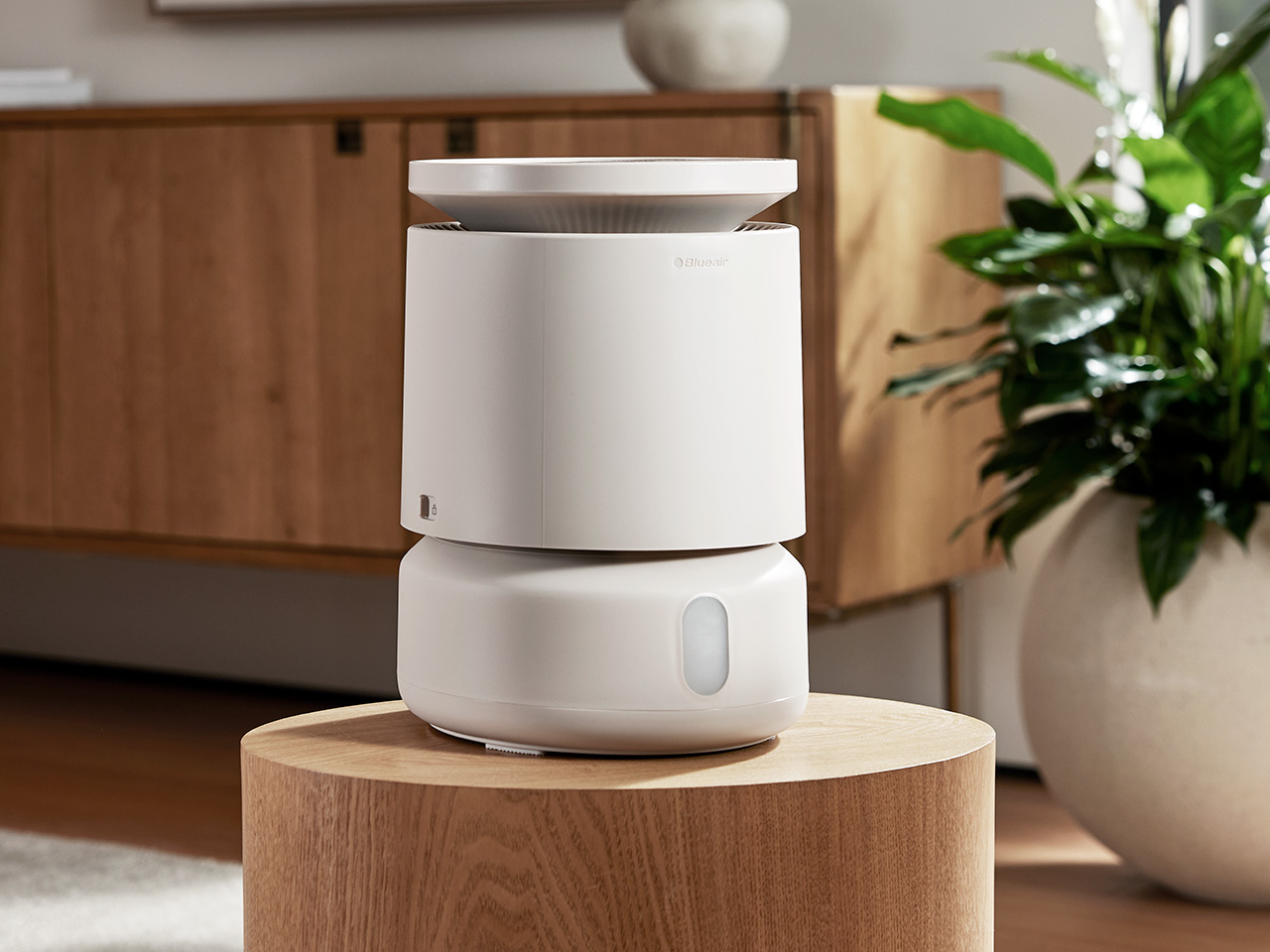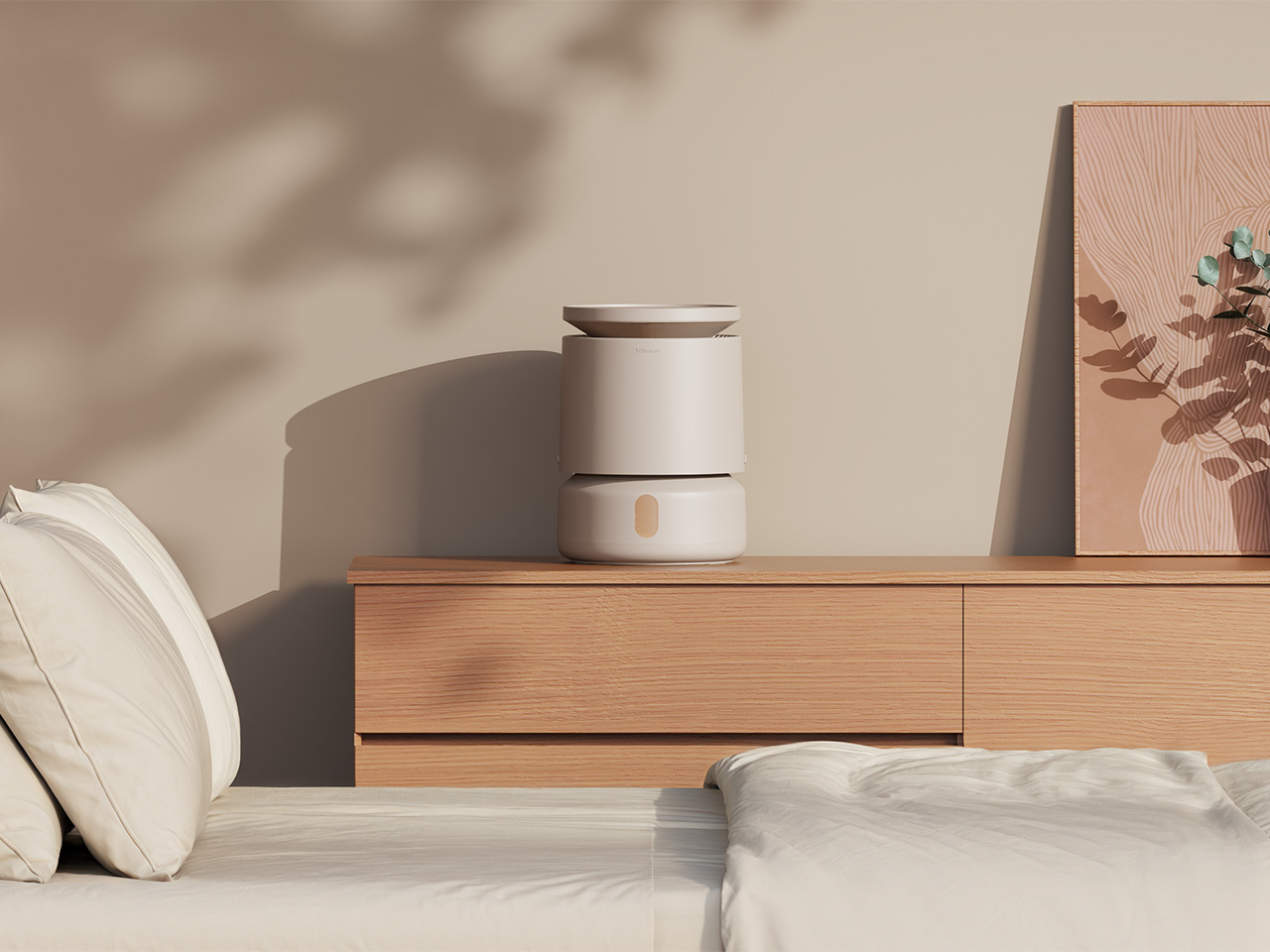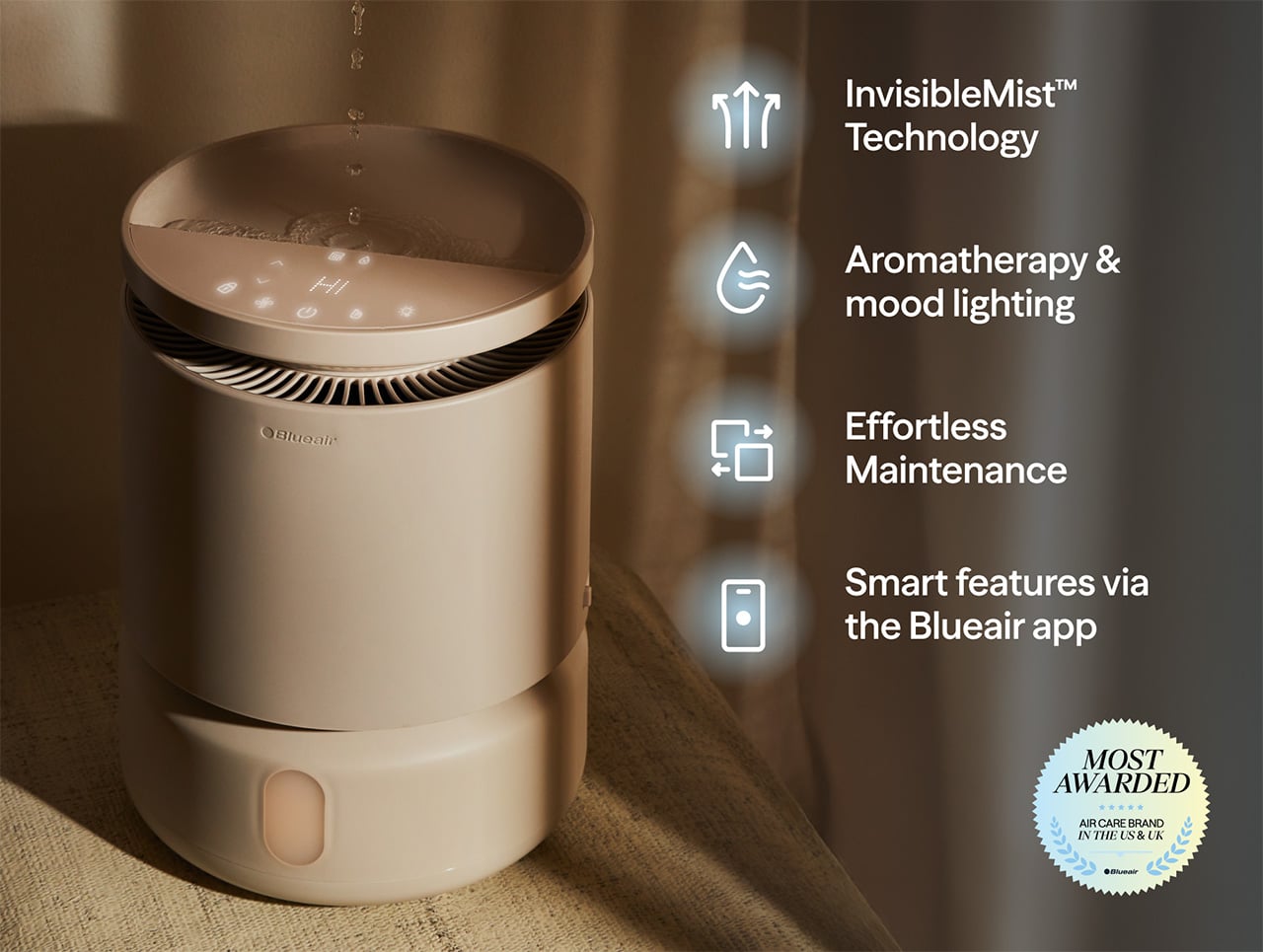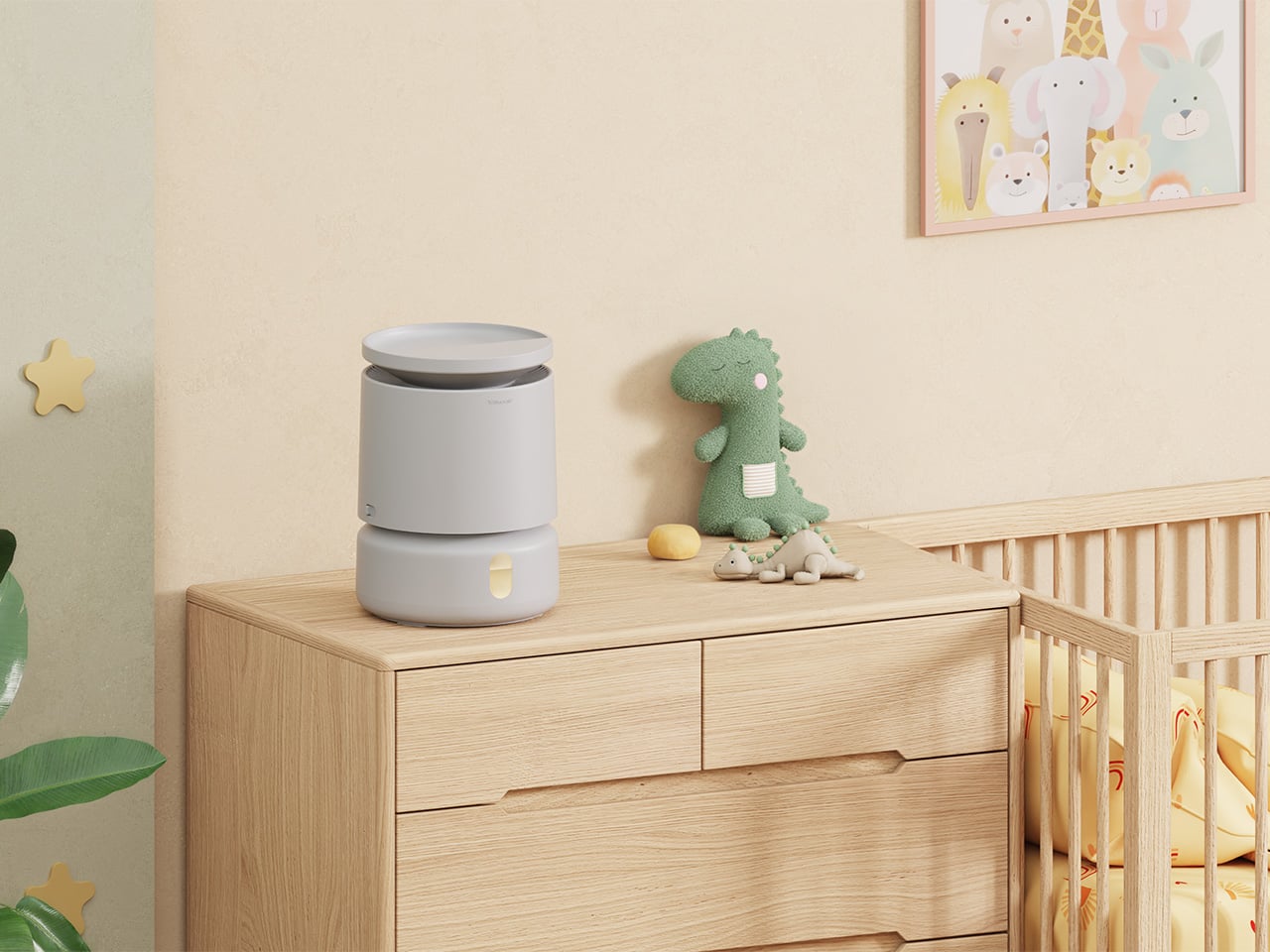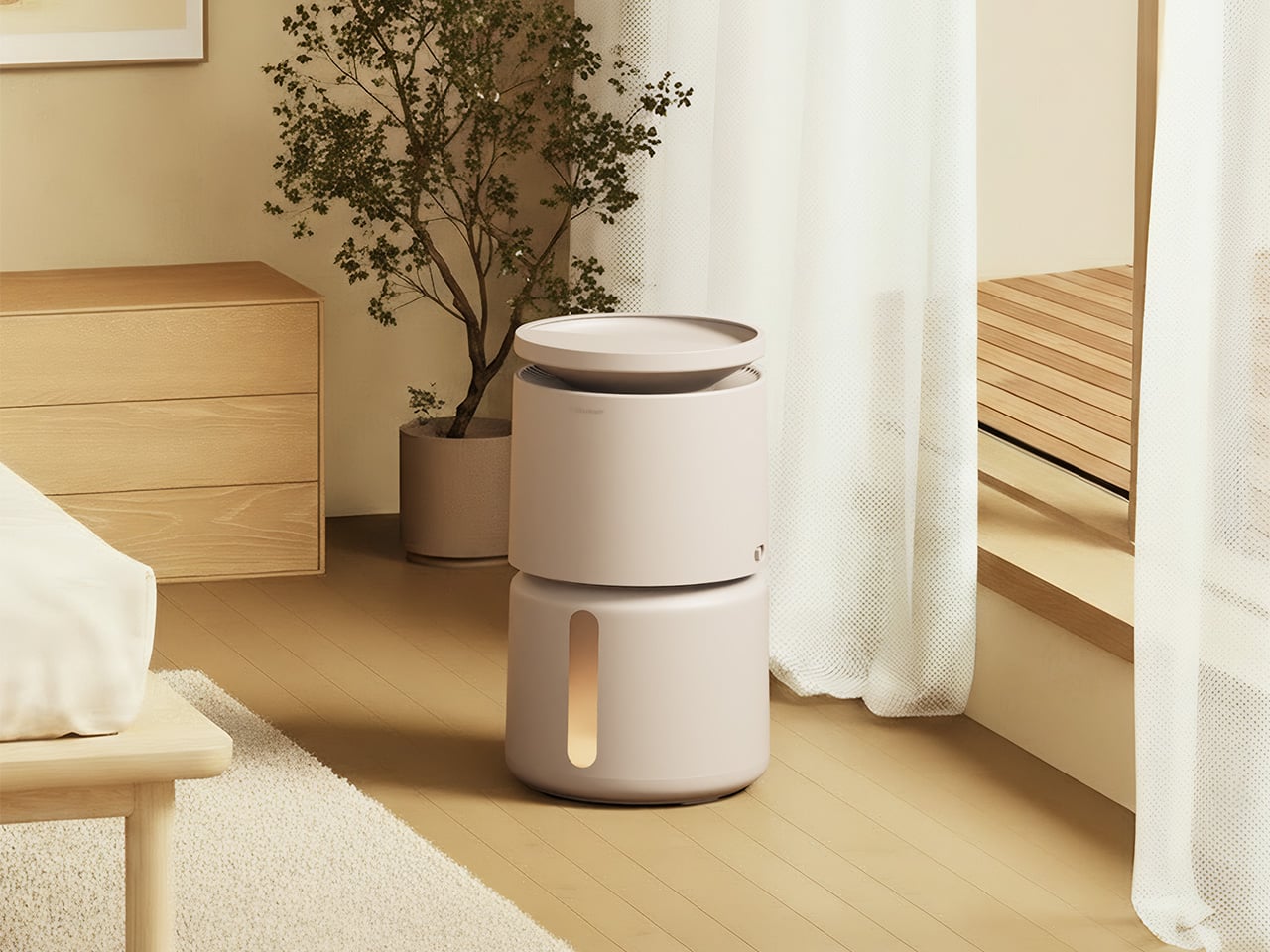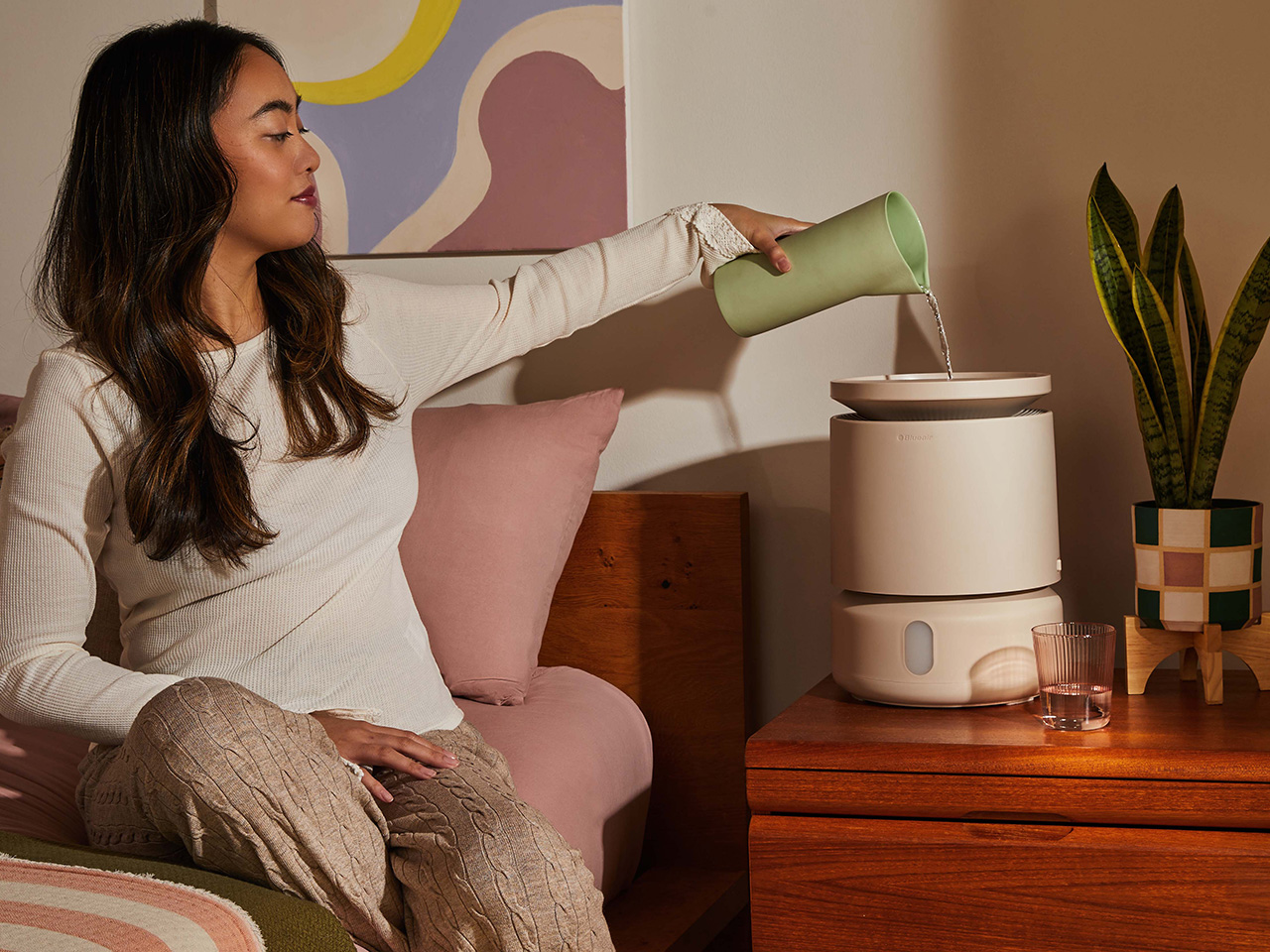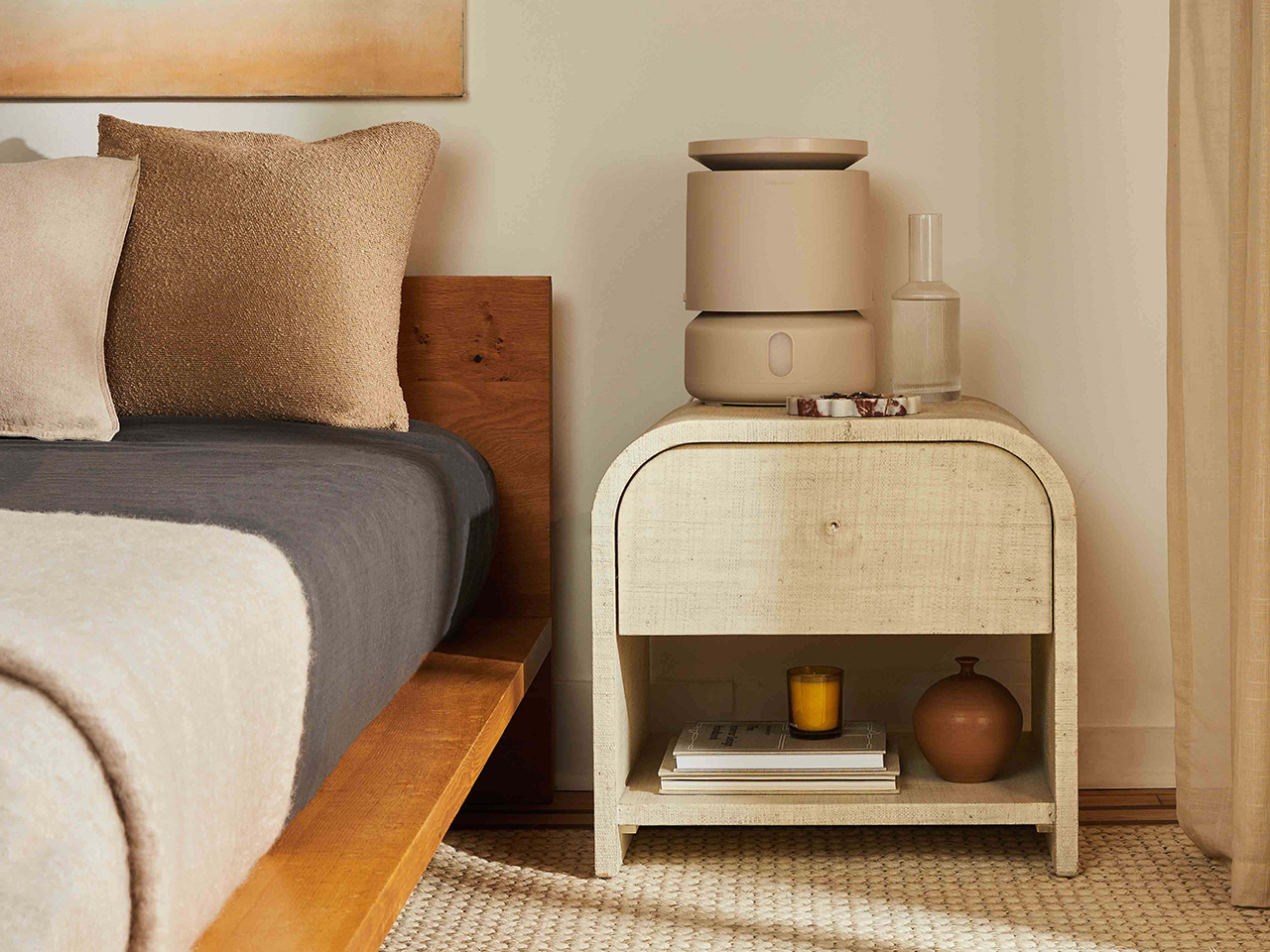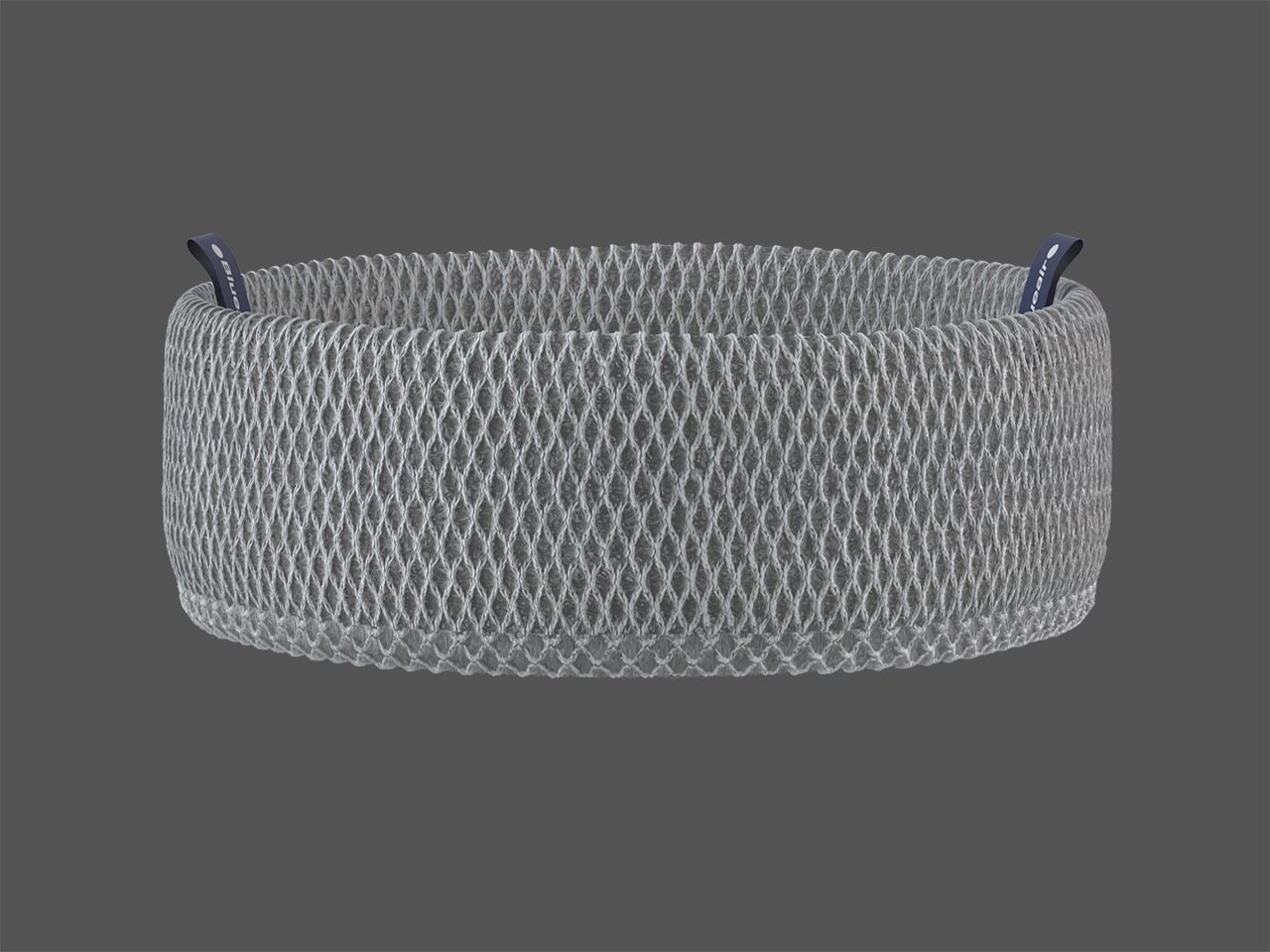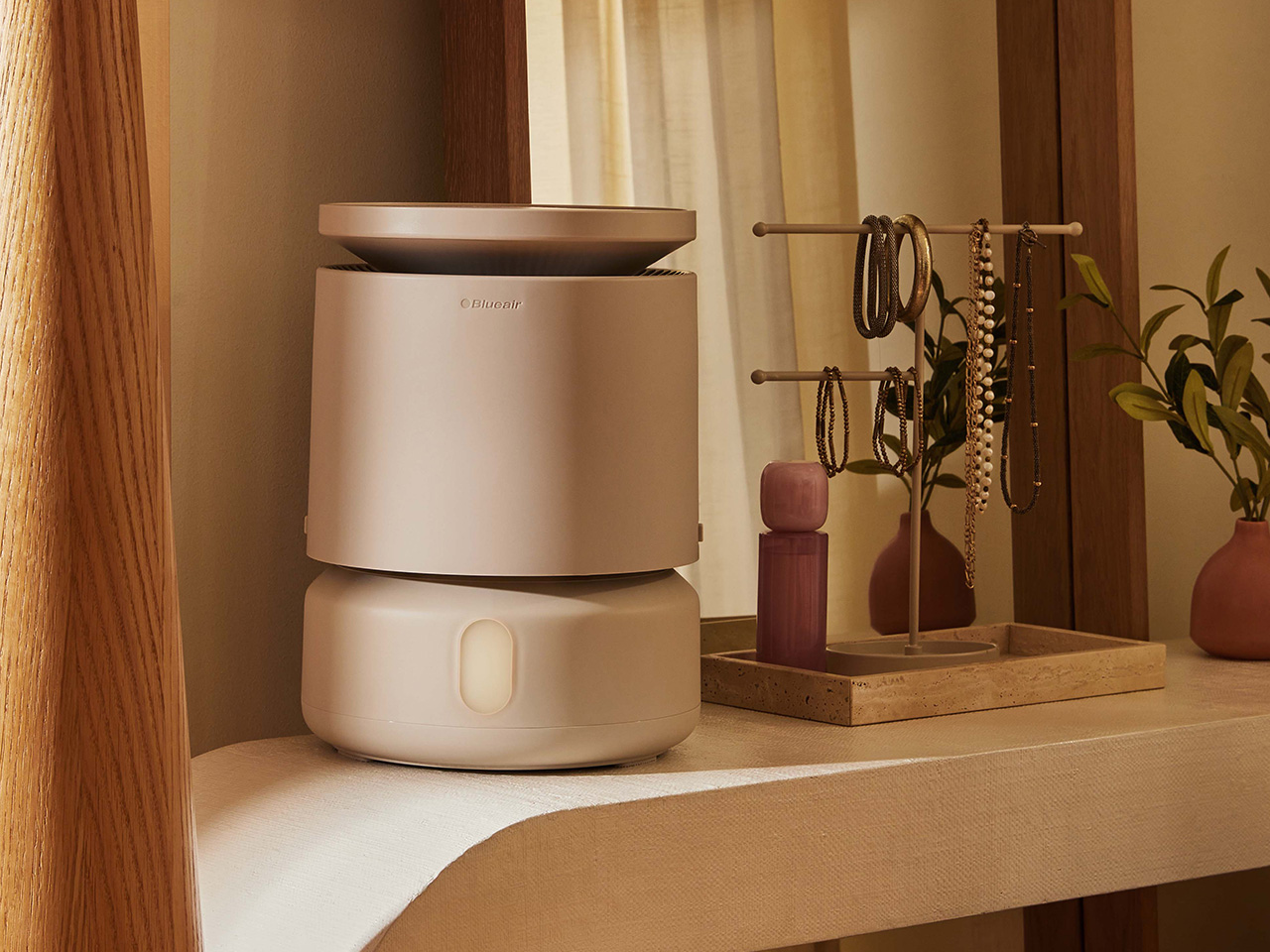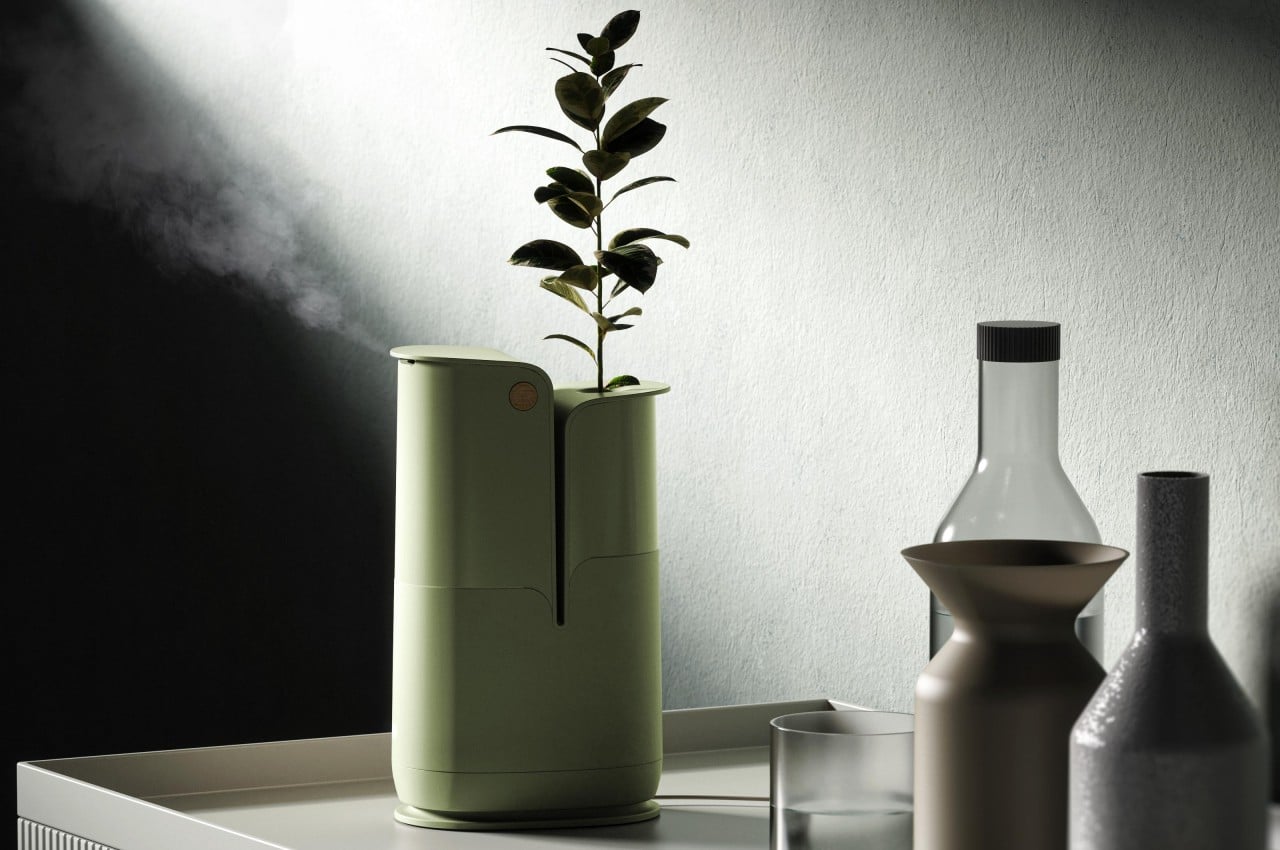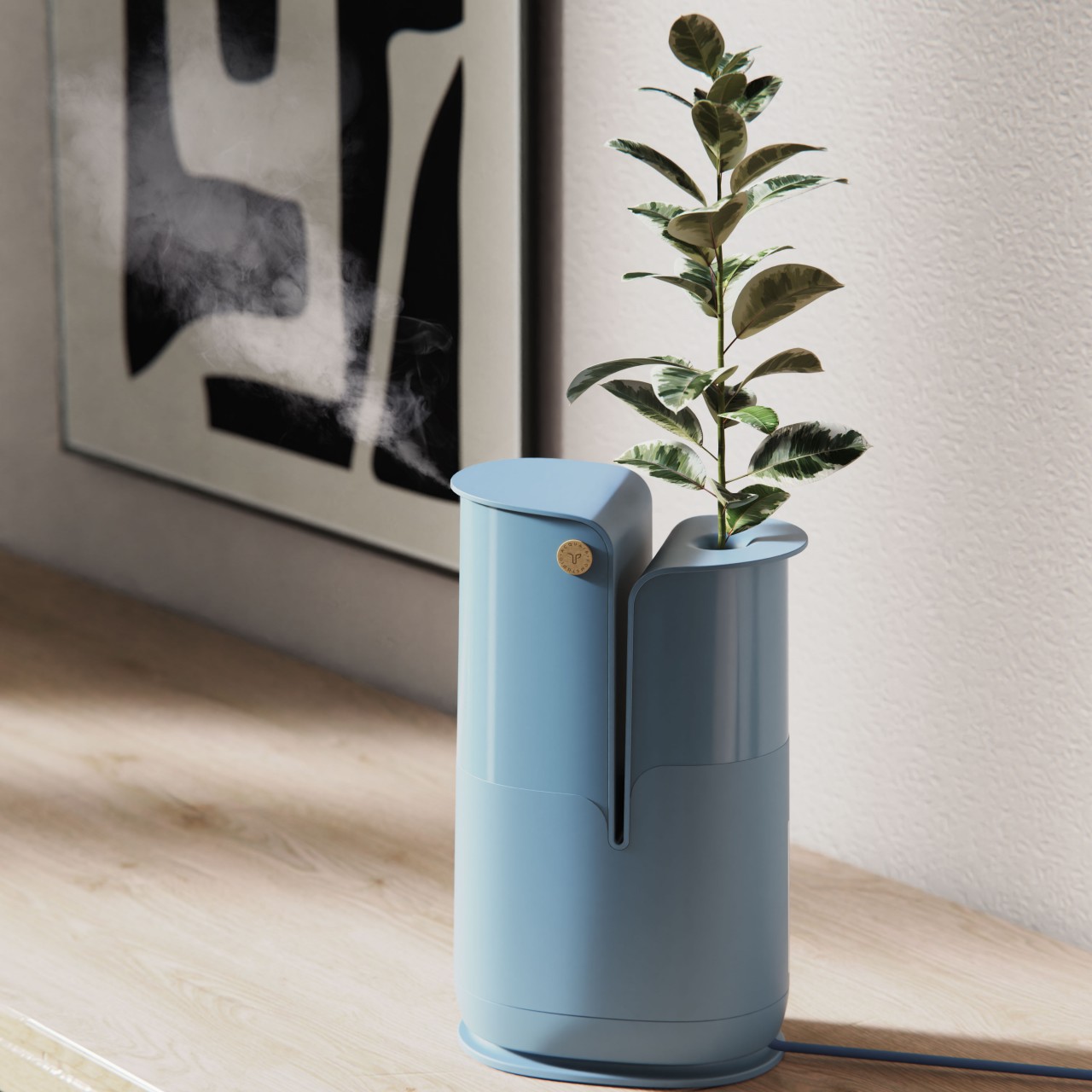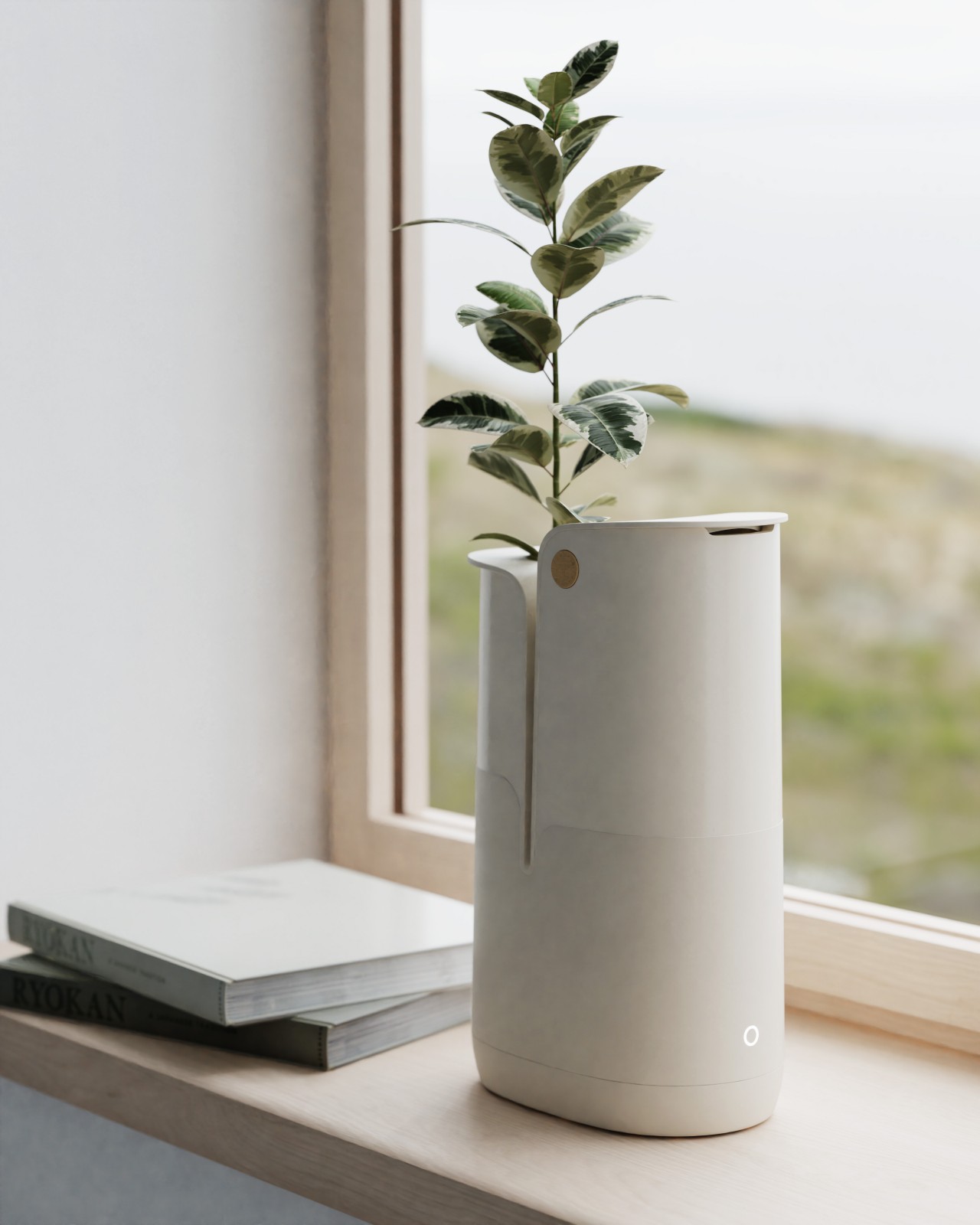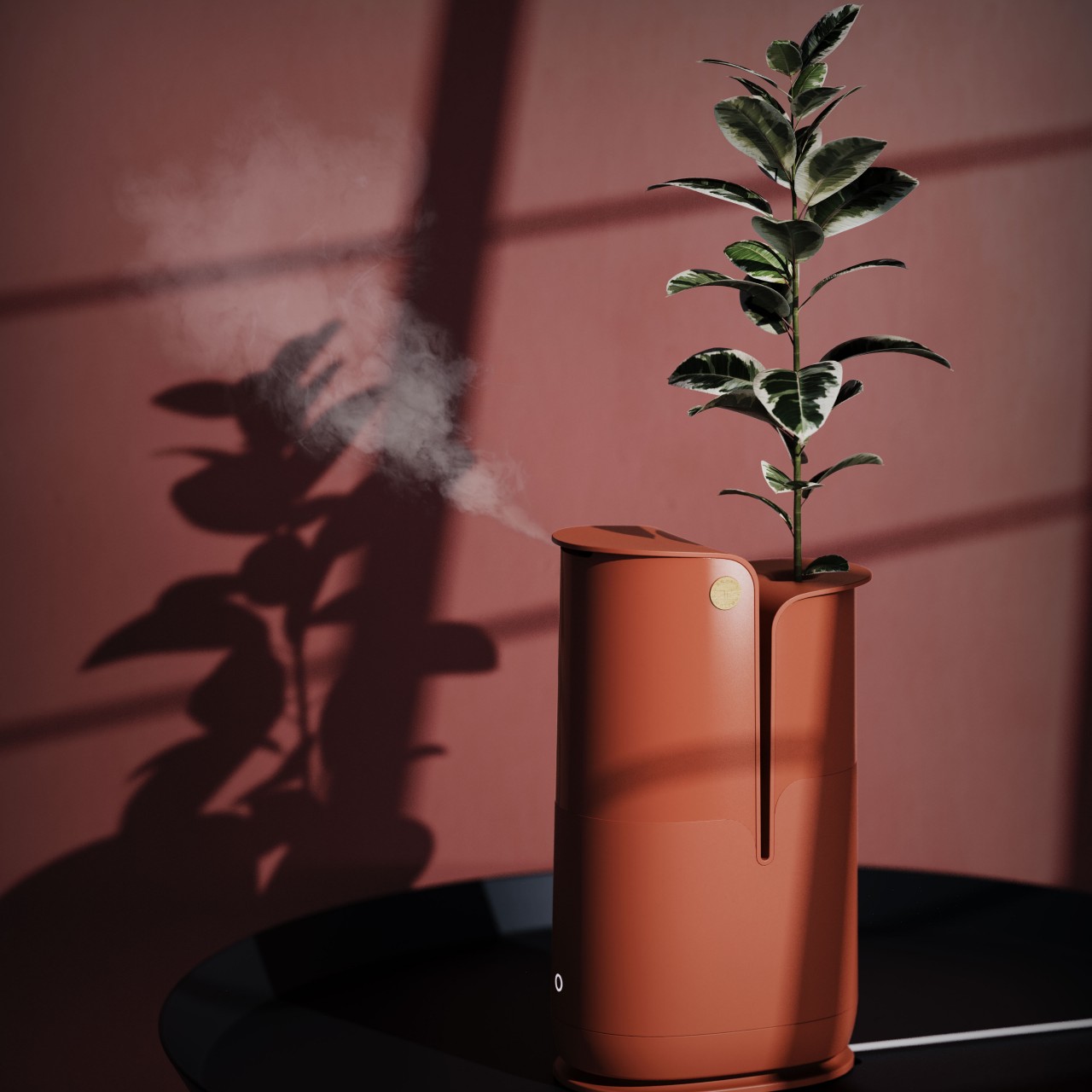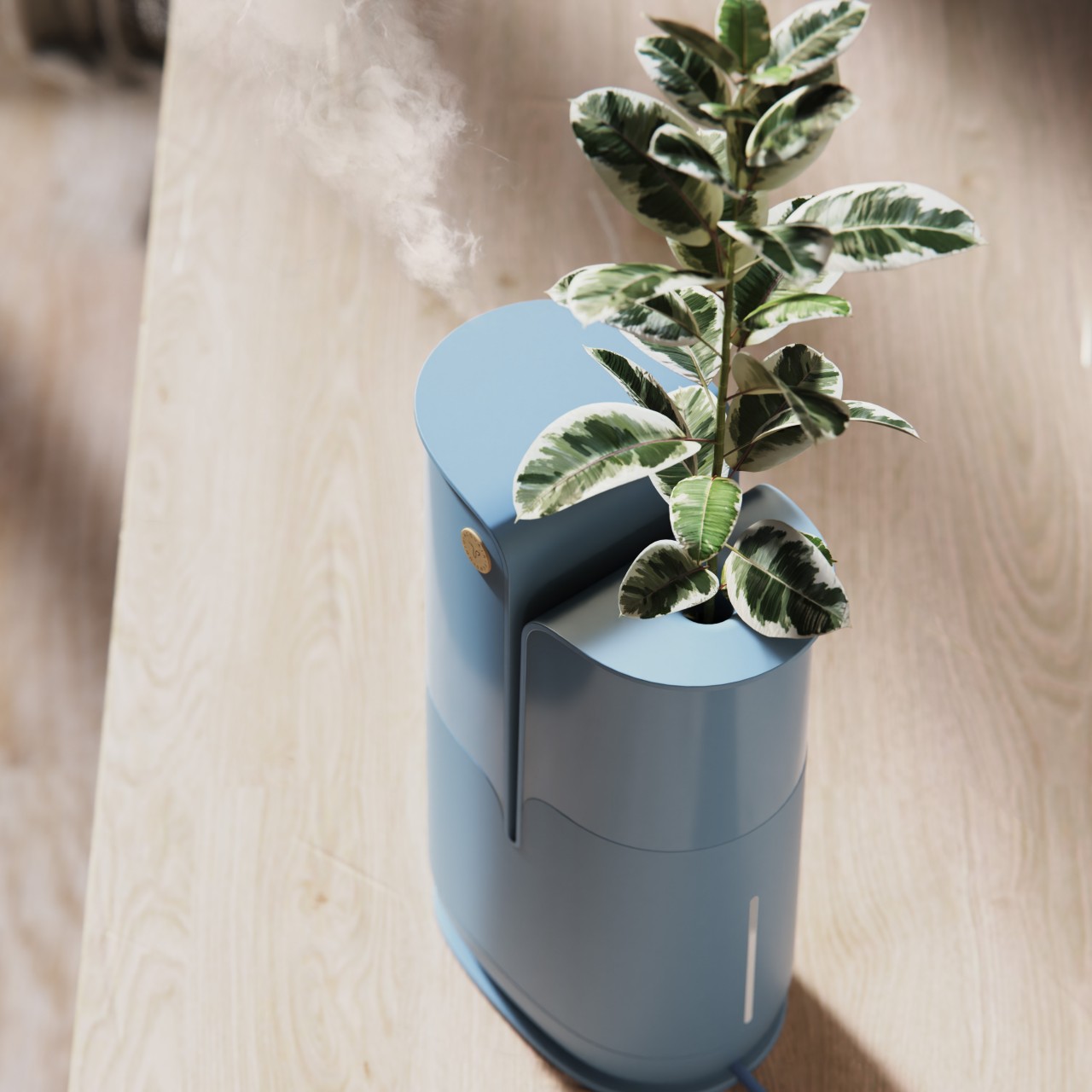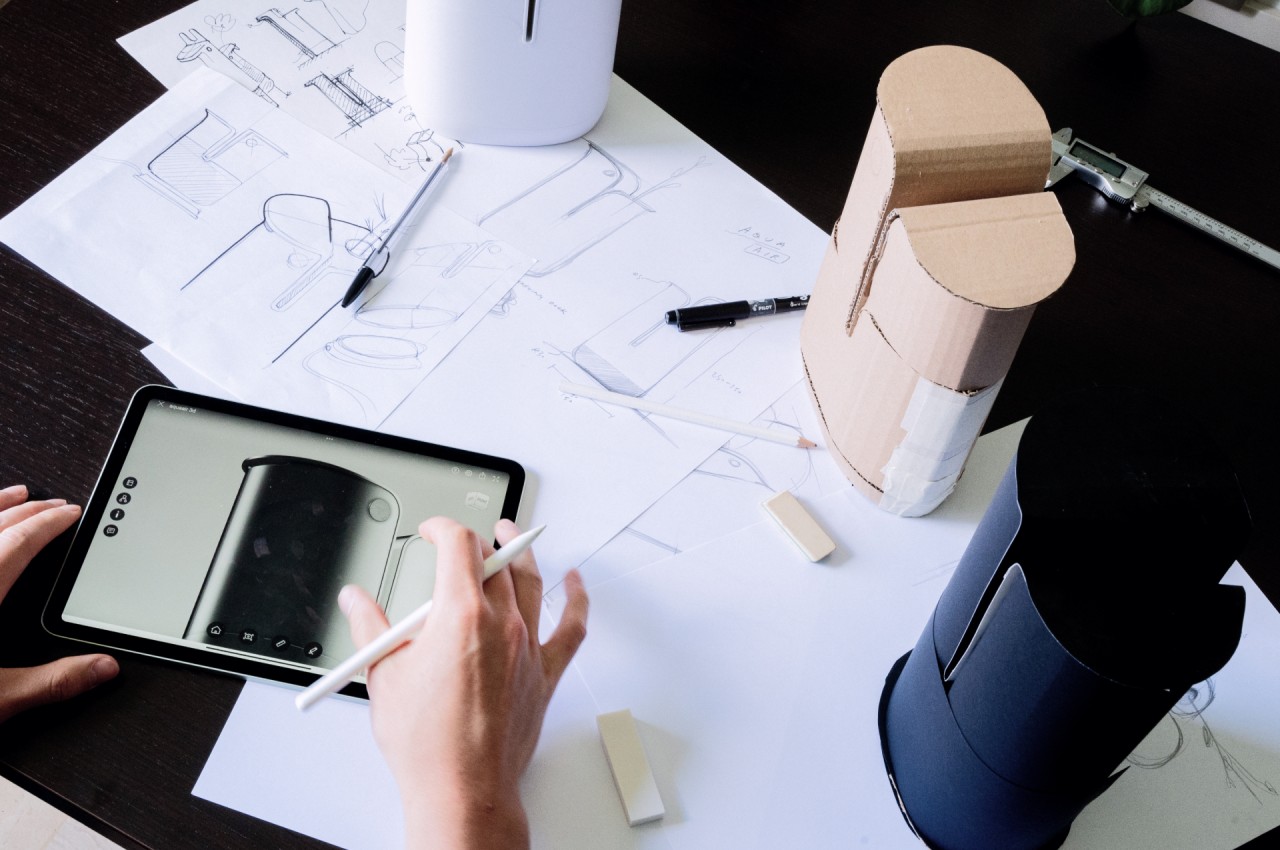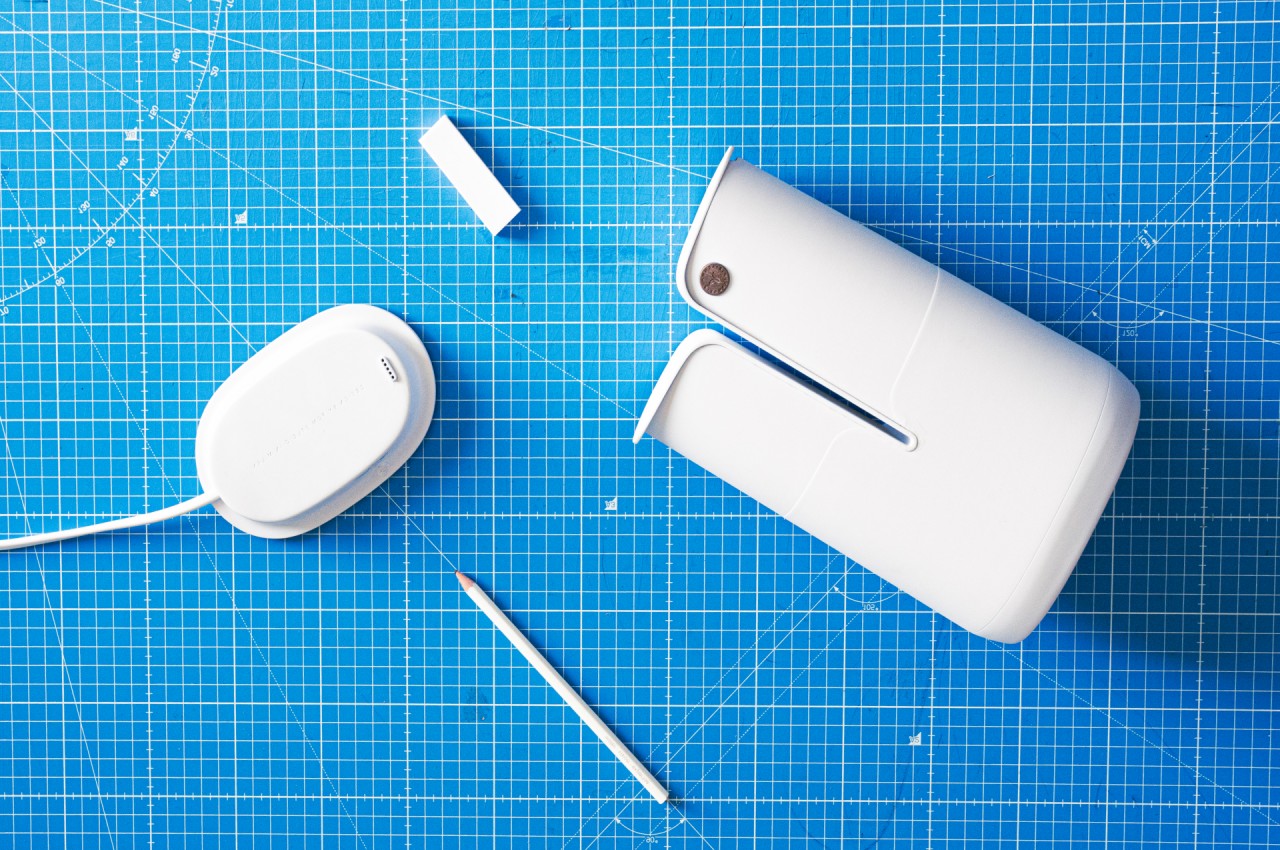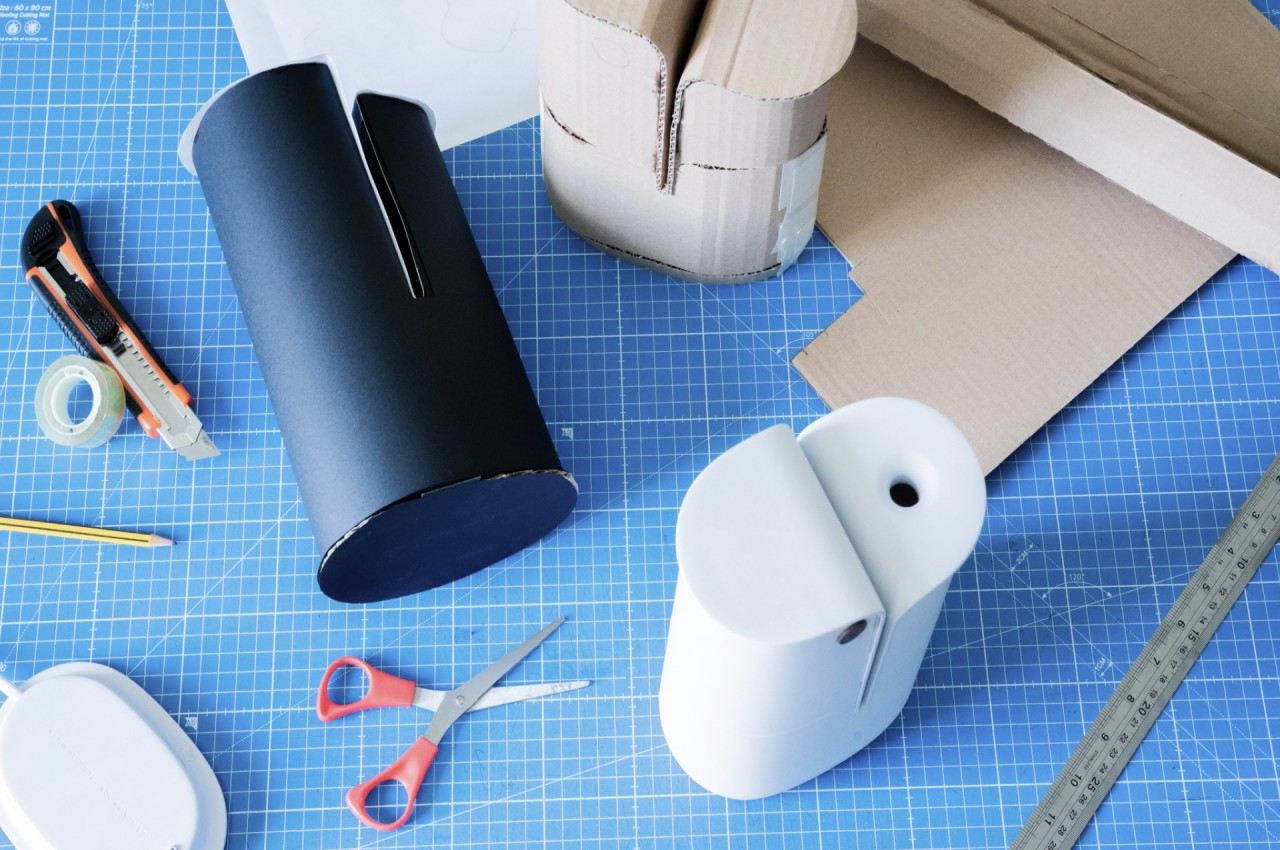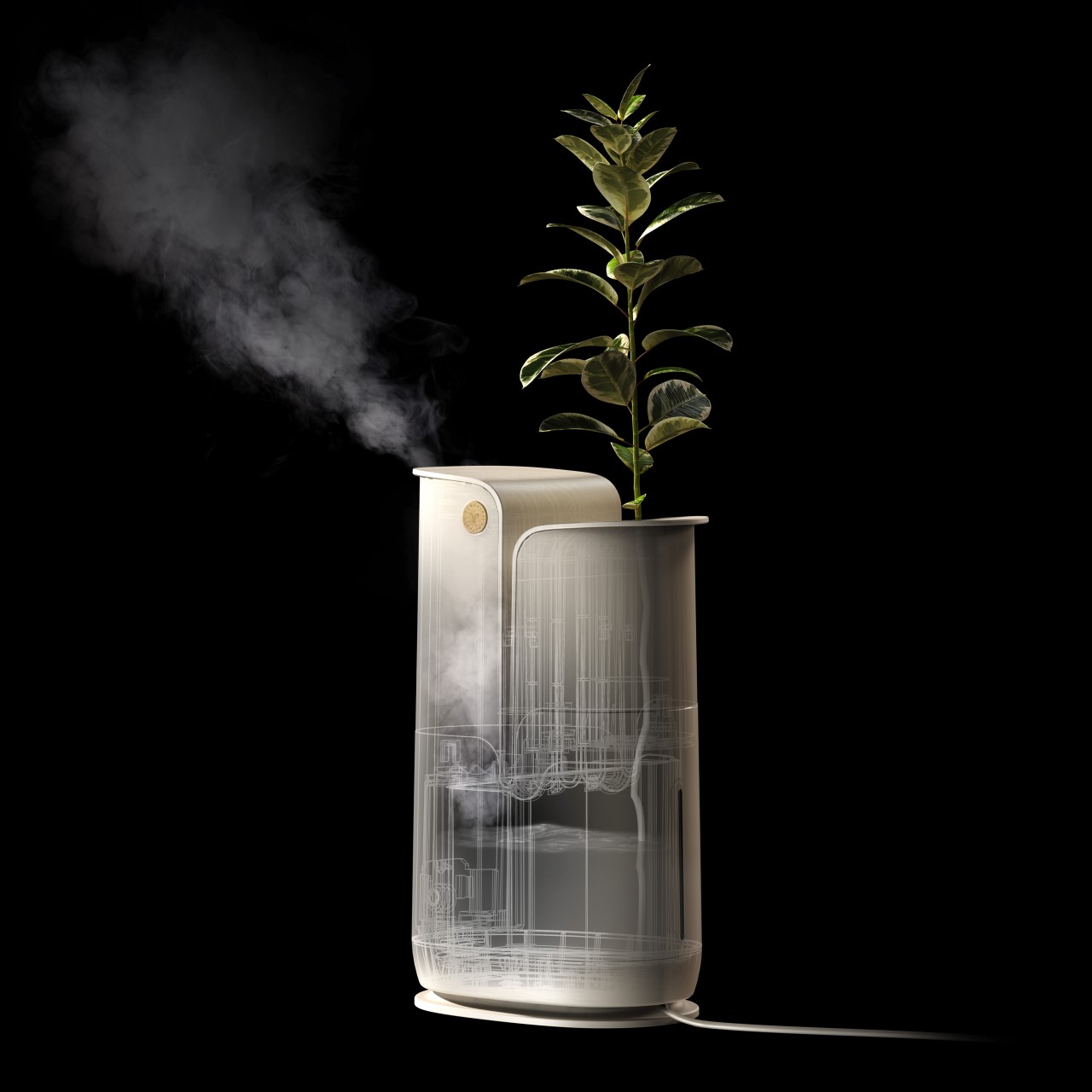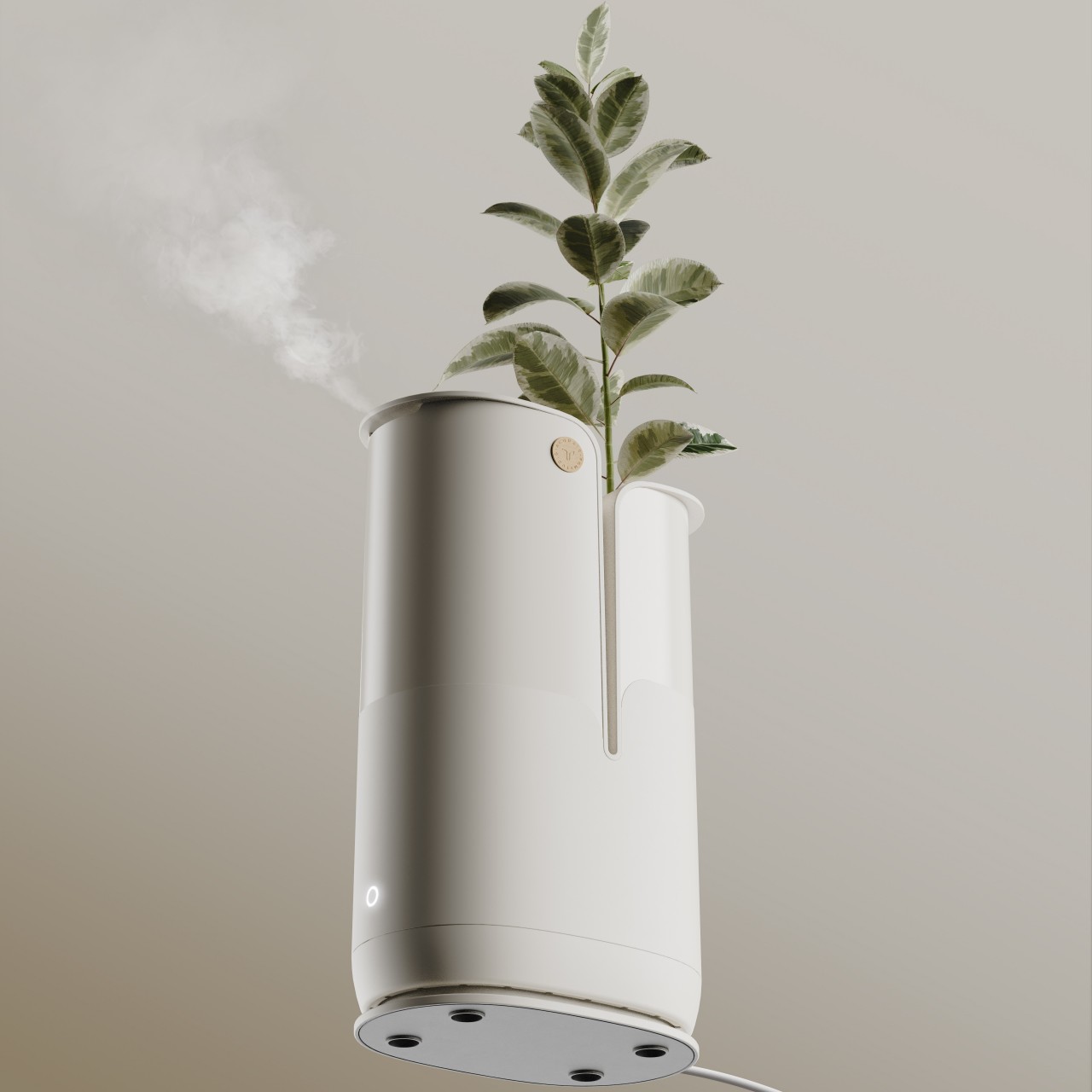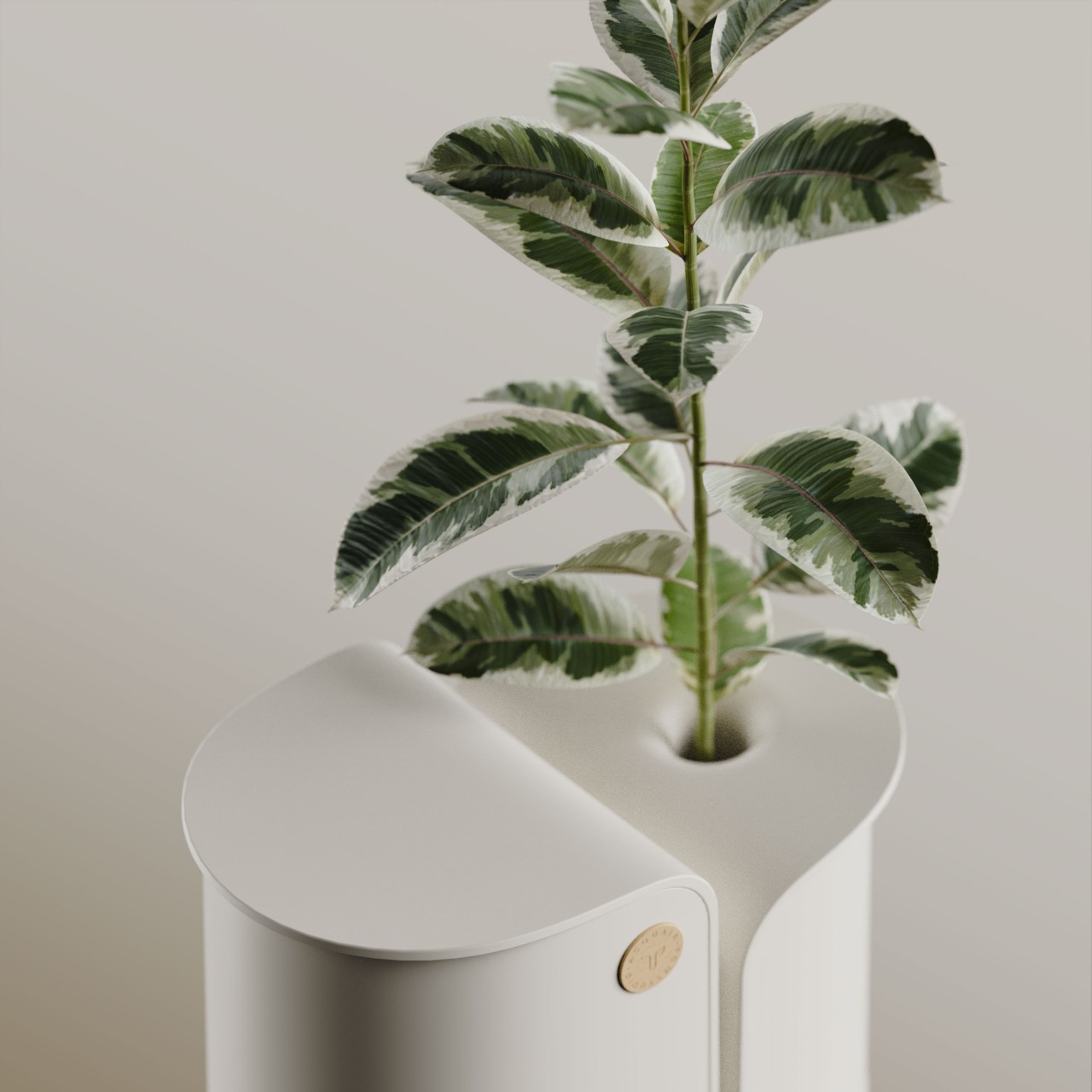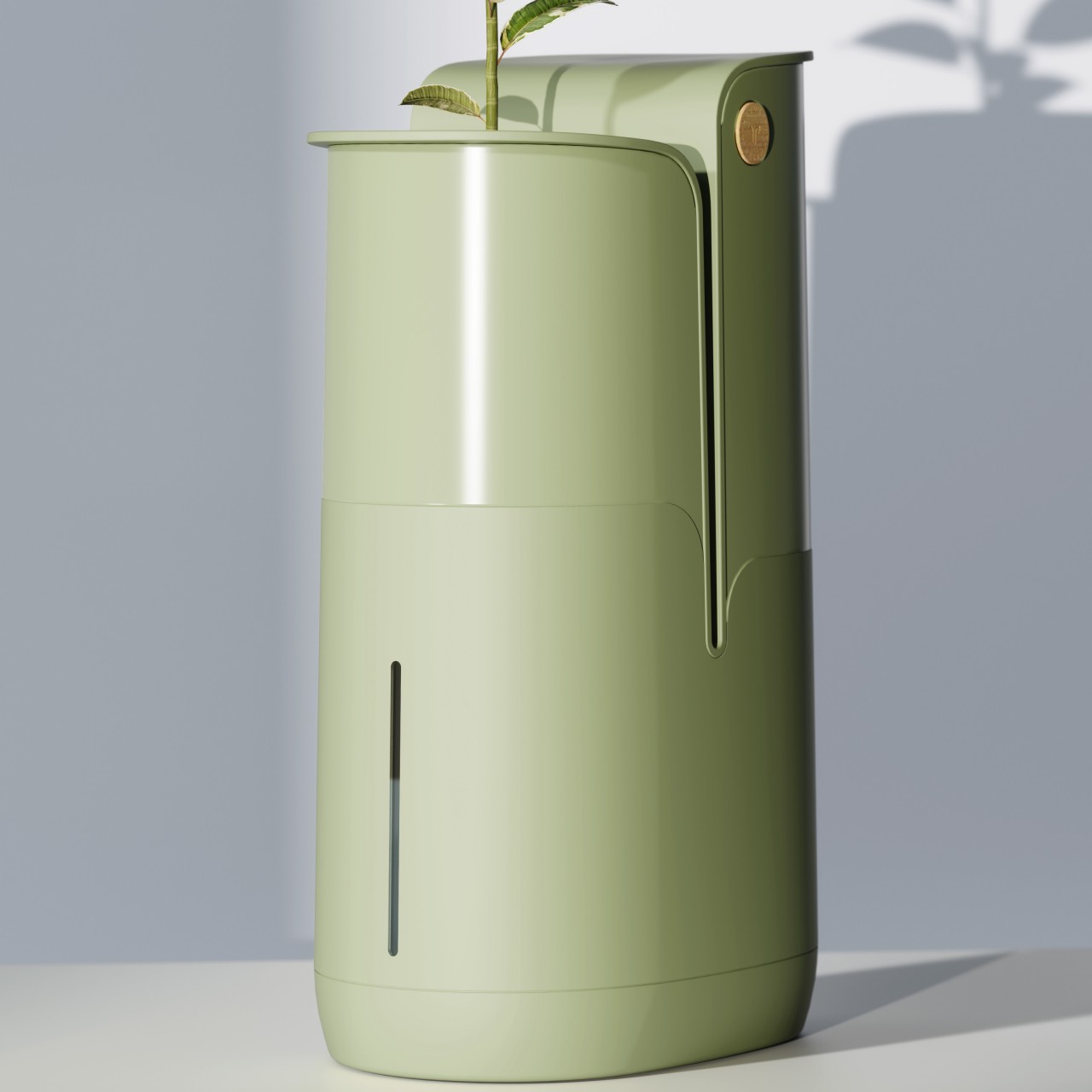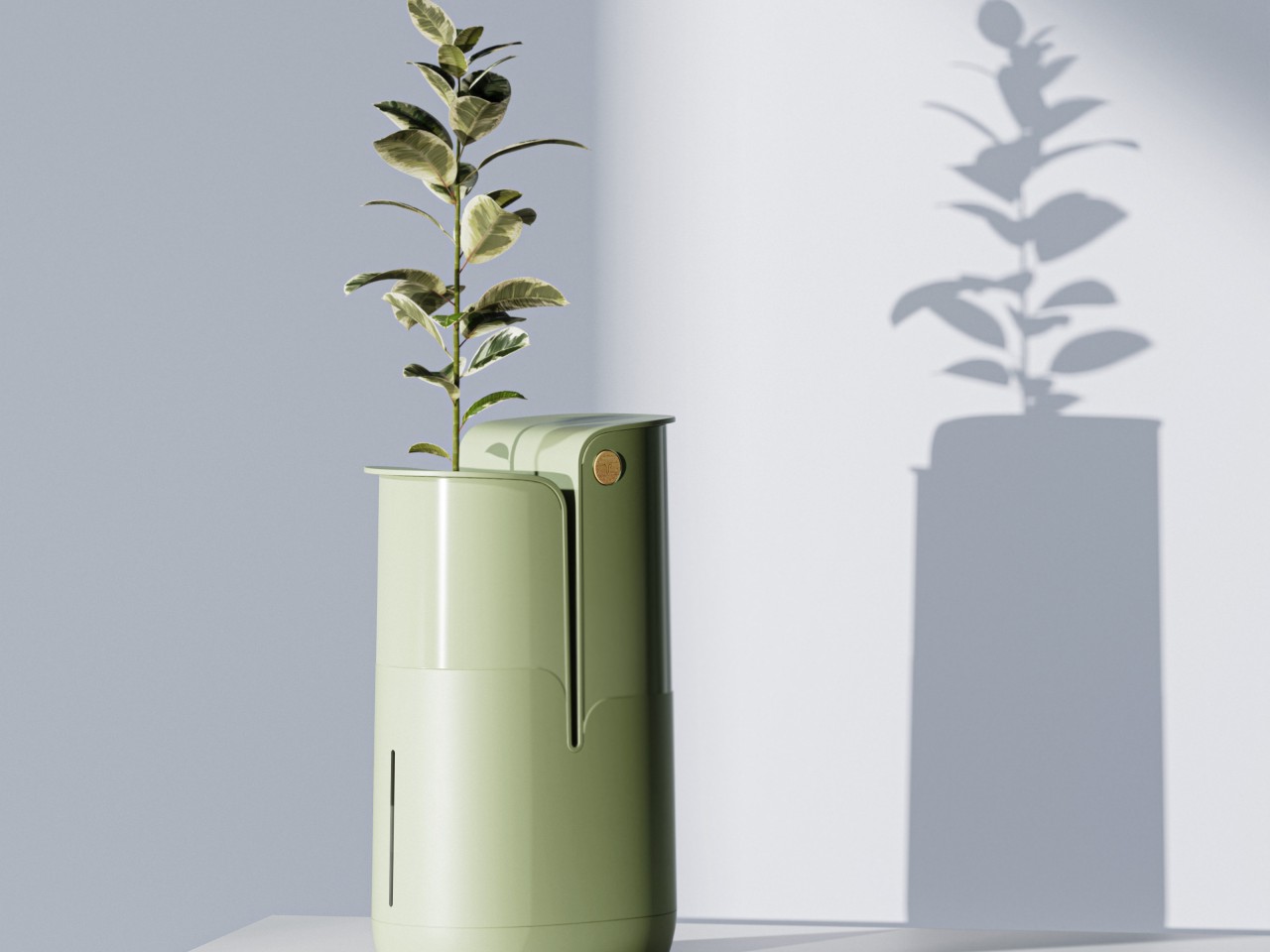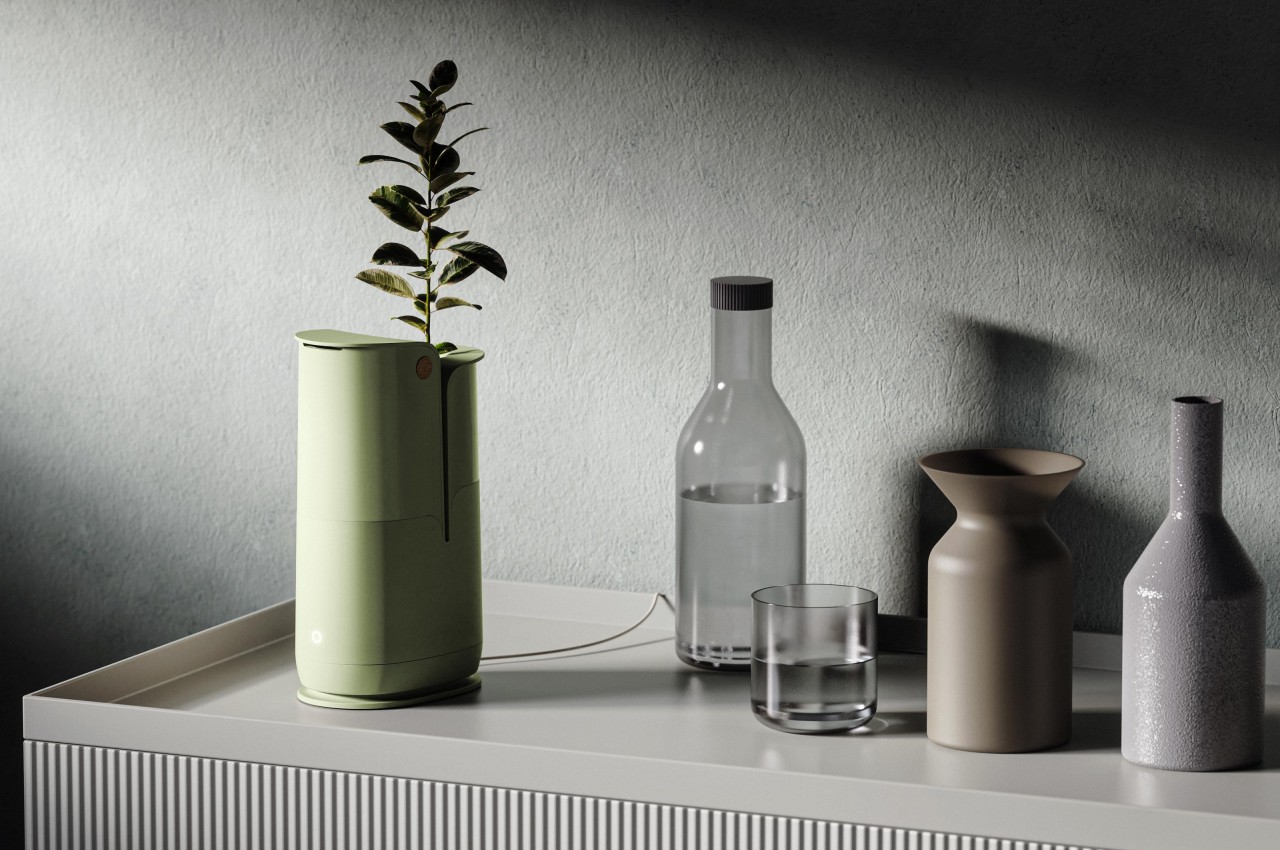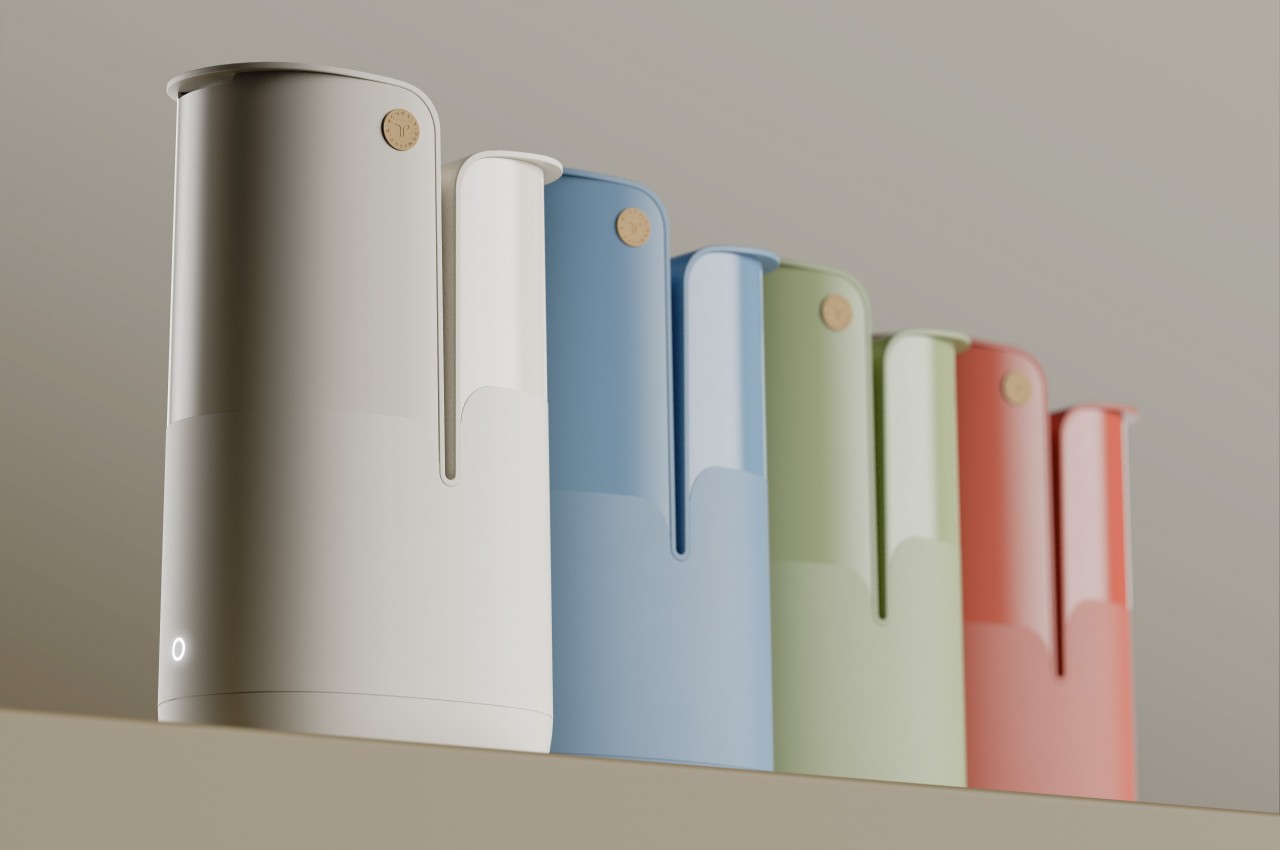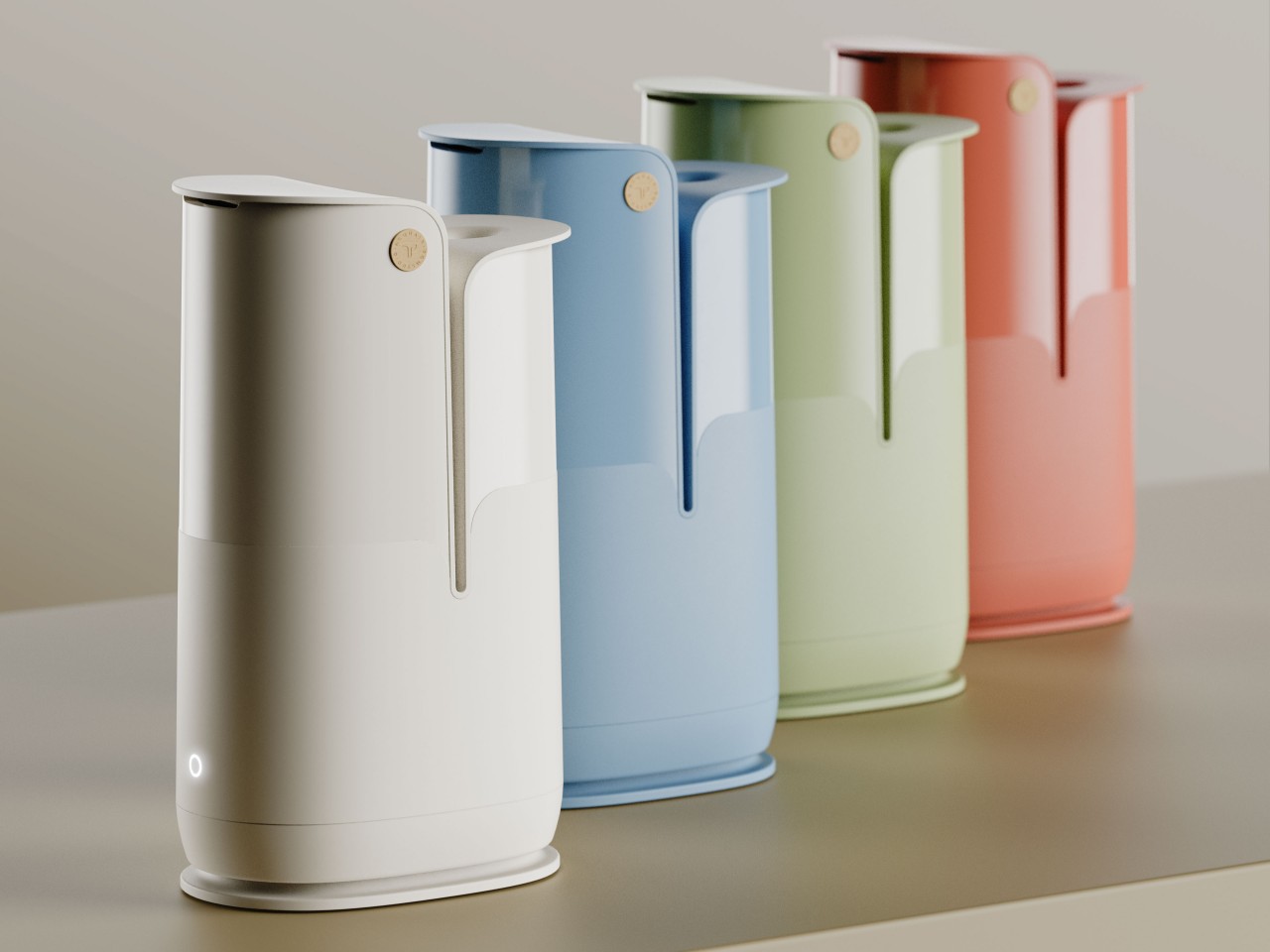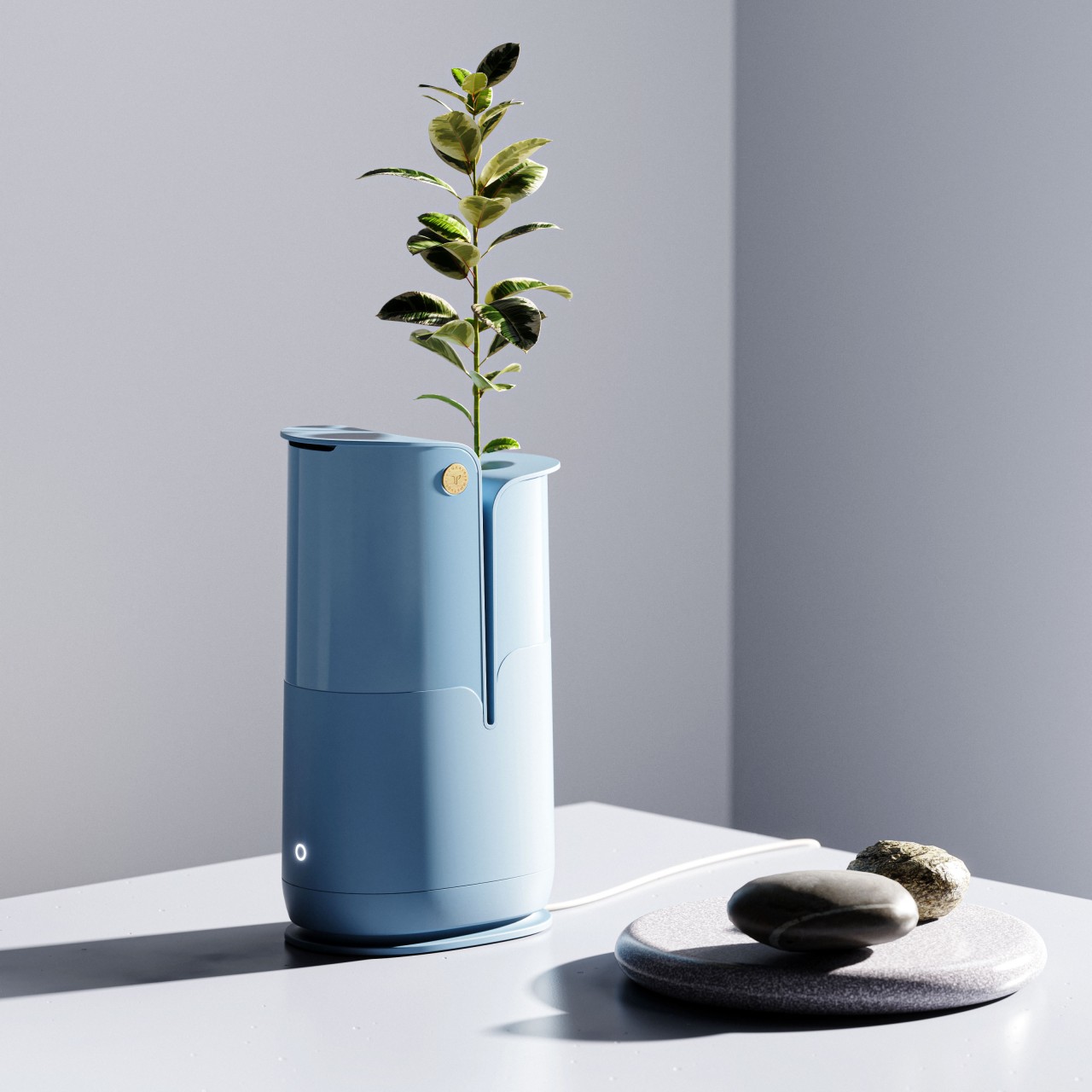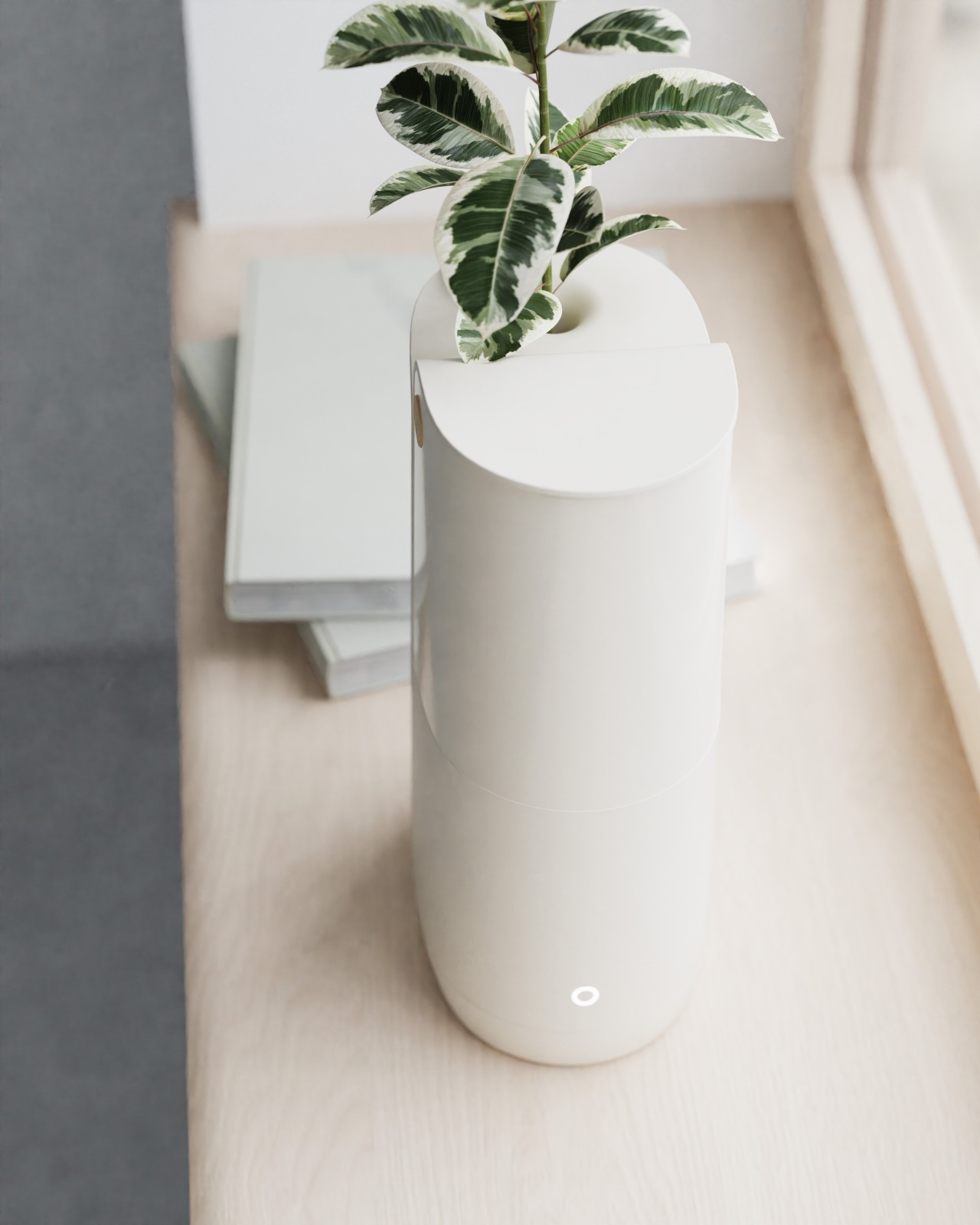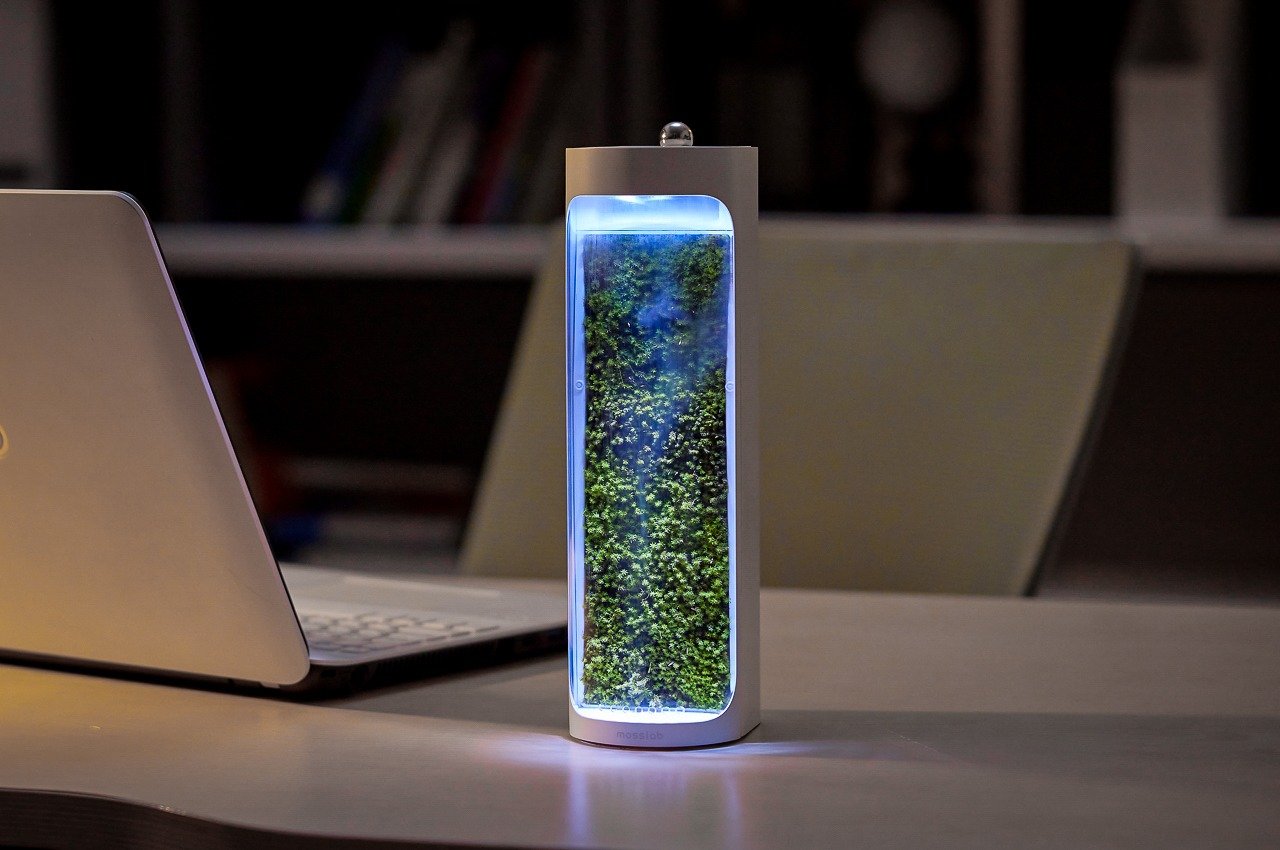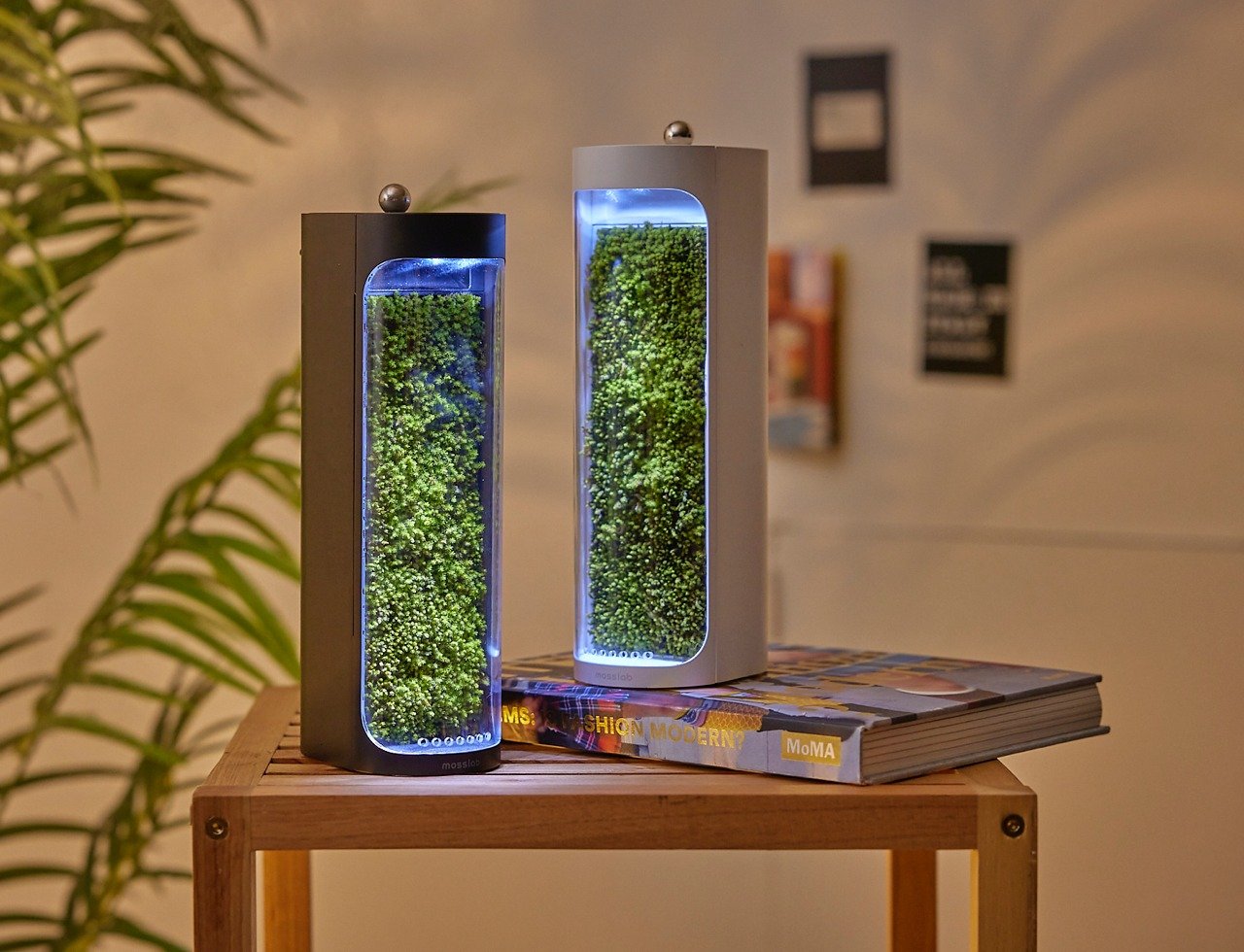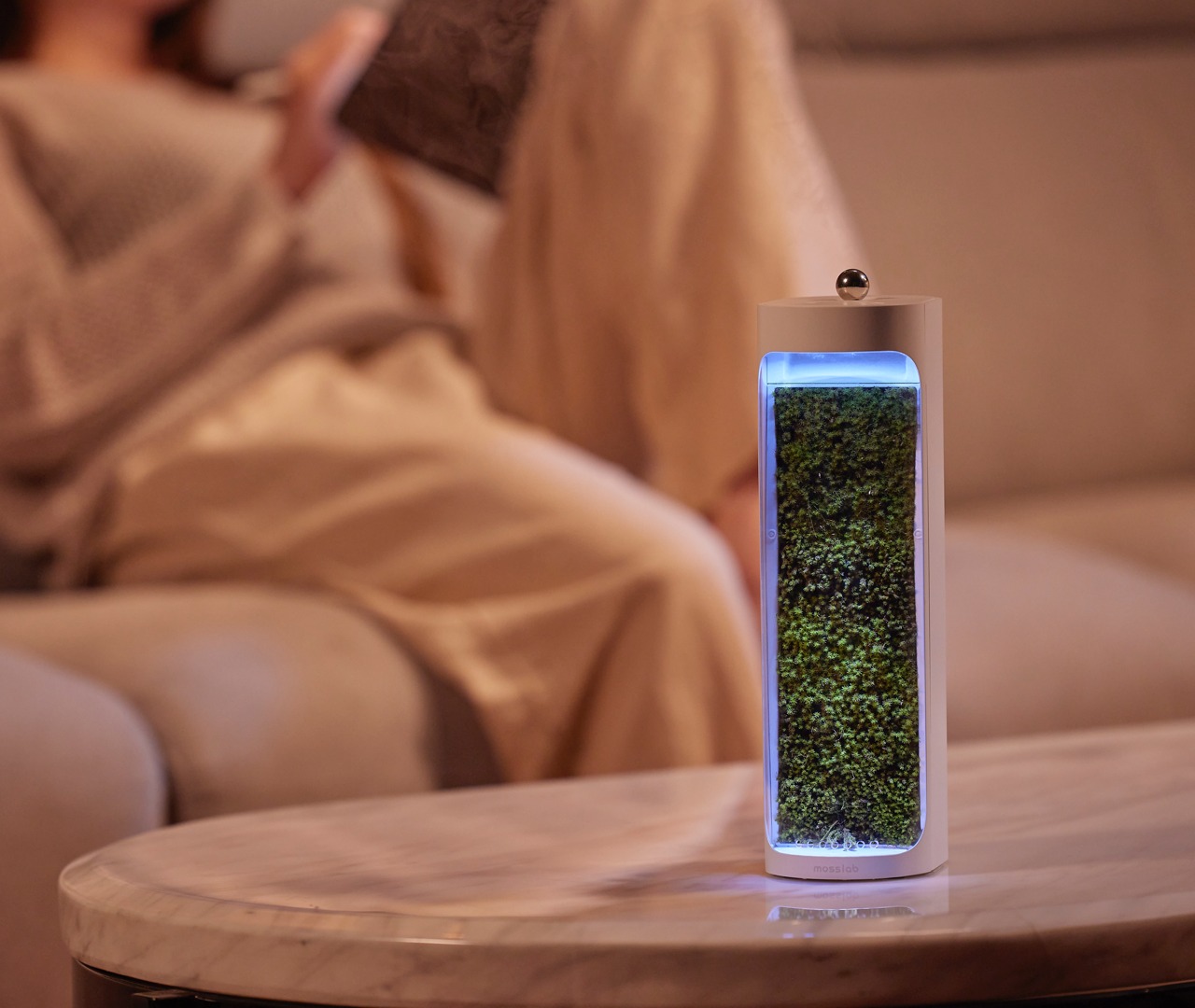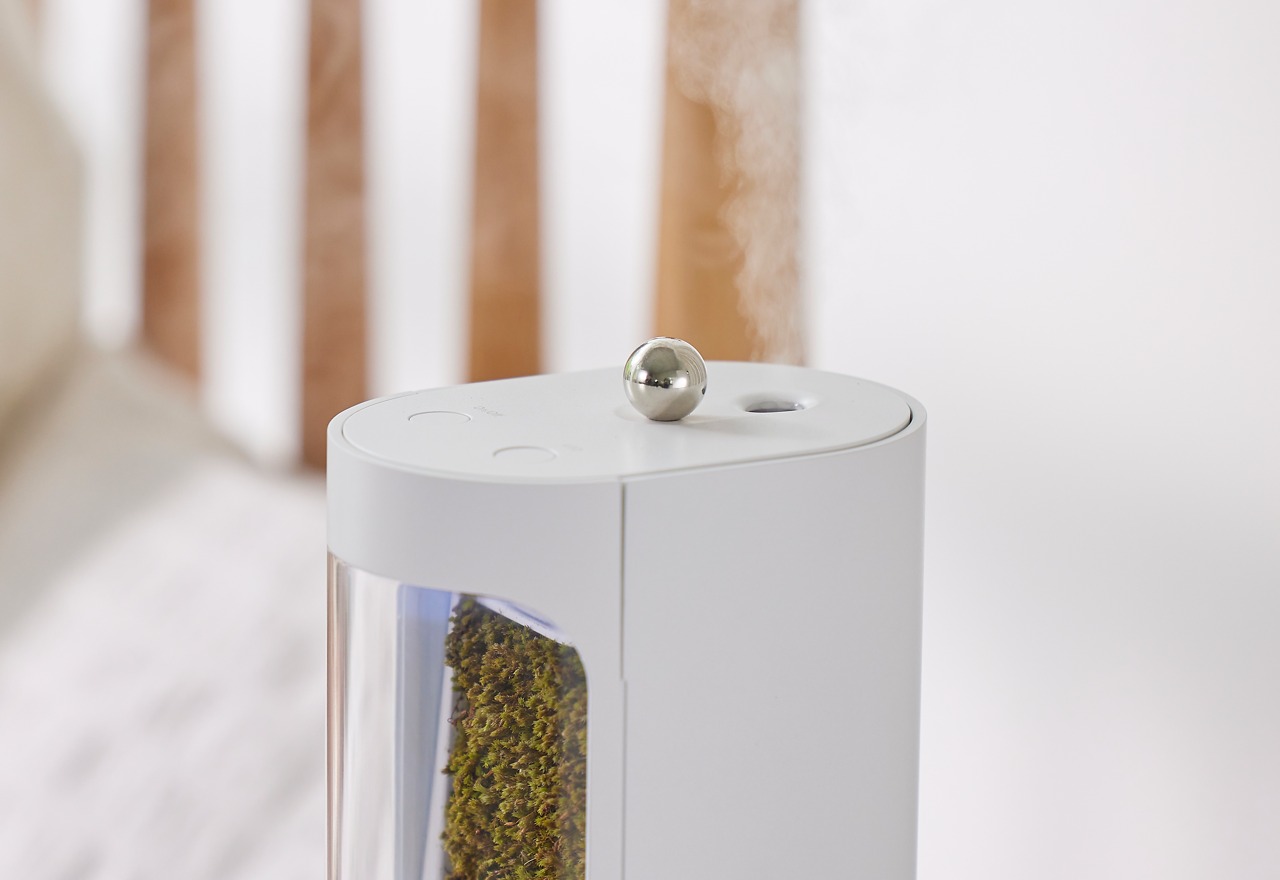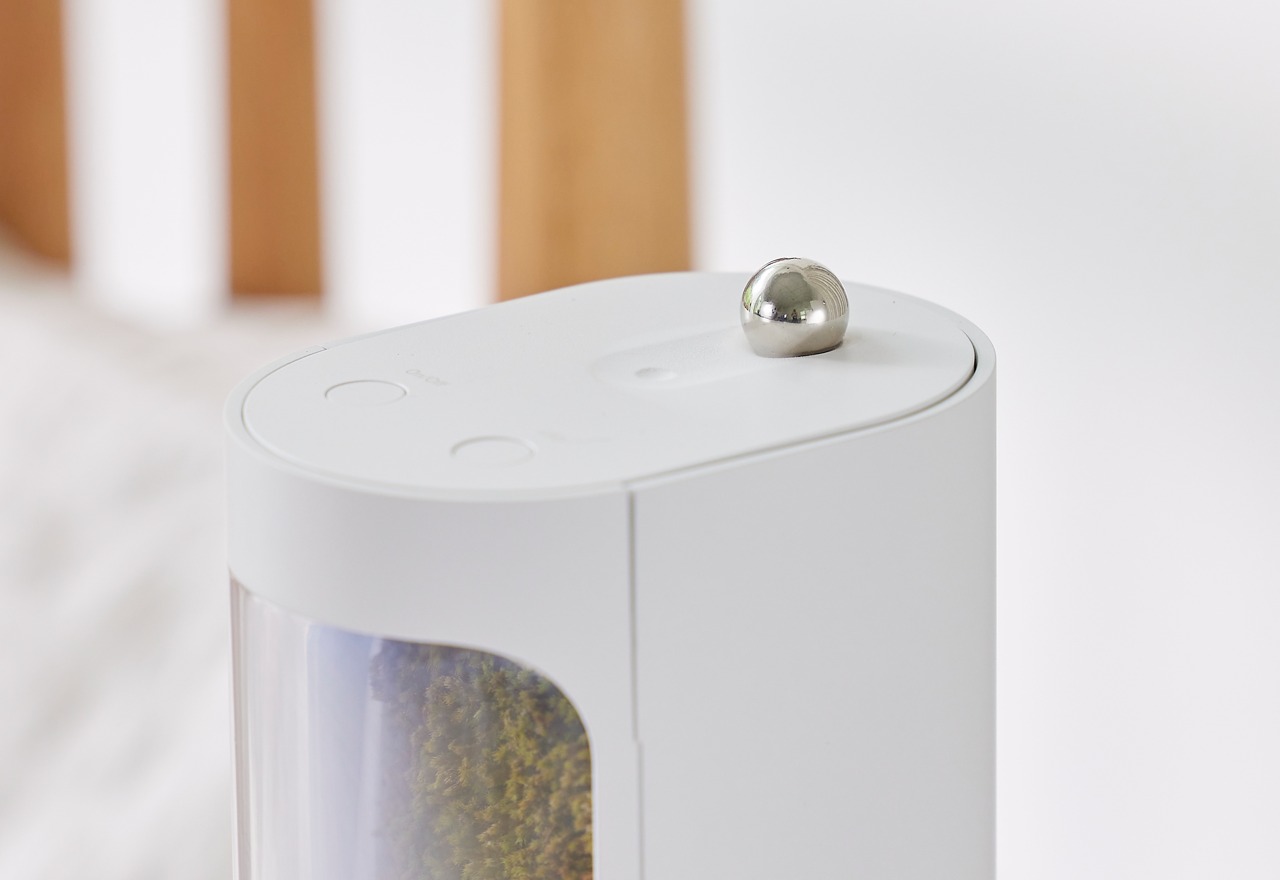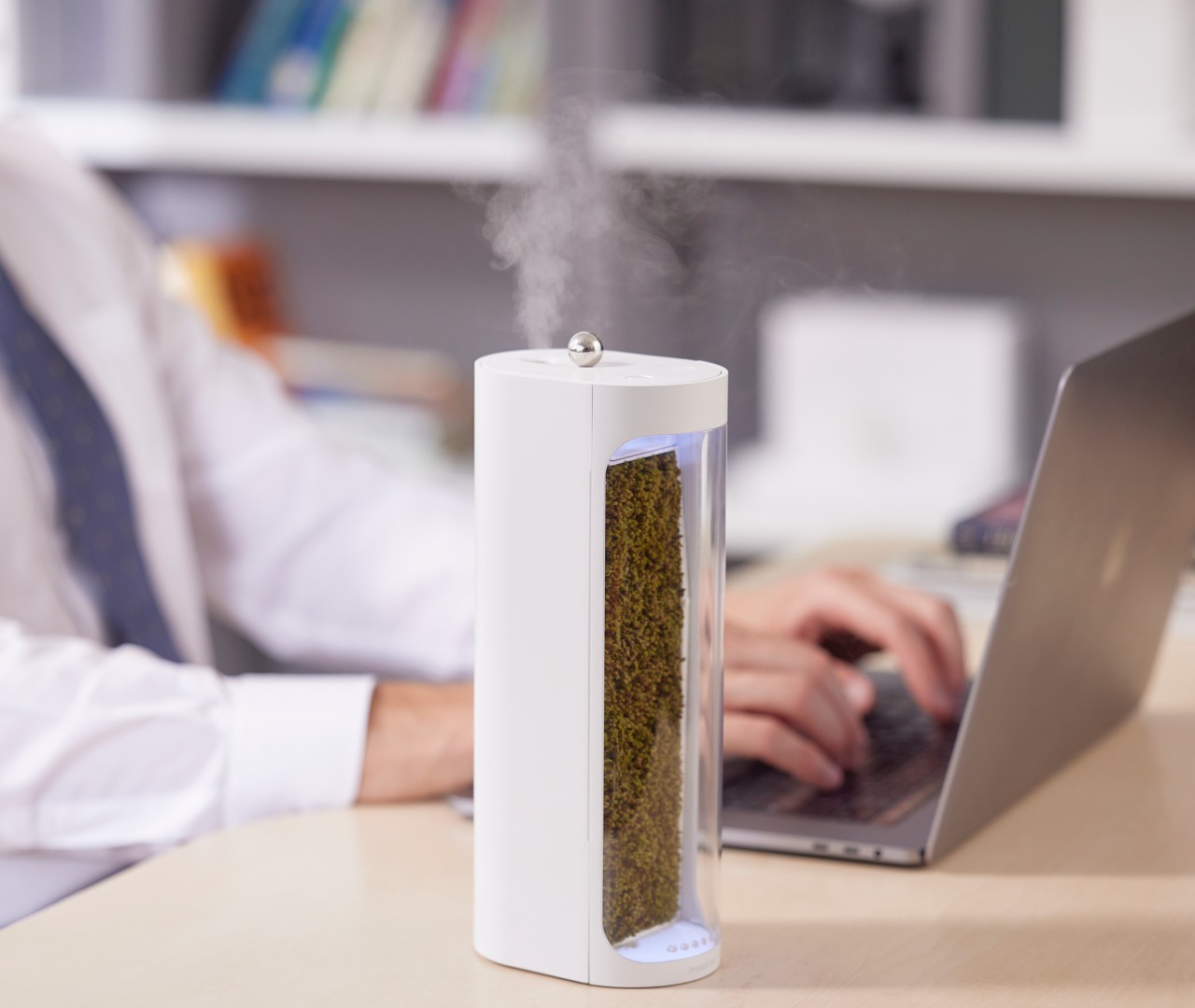For decades, the humidifier has been a purely utilitarian appliance, a necessary evil we tolerate for the sake of our sinuses during dry winter months. We buy them, use them, and then promptly hide them away when guests come over. They are often clunky, noisy machines that leave a fine white dust on our furniture or create damp spots on the floor. The industry standard has been a functional box that adds moisture to the air, with little to no thought given to how it integrates into the most personal of spaces: the bedroom.
Blueair, a company already known for its design-forward approach to air purification, seems to have taken this challenge personally. The DreamWell Humidifier isn’t just another appliance; it’s a thoughtfully designed bedside companion. It aims to elevate the entire nighttime environment by seamlessly blending humidity, aromatherapy, and gentle mood lighting into a single, elegant form. This is a device that’s meant to be seen, to contribute to a room’s ambiance rather than detract from it, proving that wellness technology can be both effective and beautiful.
Designer: Blueair
Click Here to Buy Now: $152 $189.99 (20% off, use coupon code “YANKO20”). Hurry, deal ends in 48-hours!
Moisture Without the Mess: No Visible Mist or White Dust
The most common complaint about ultrasonic humidifiers, the type that dominates the market, is the fine white dust they leave behind. This mineral residue from tap water settles on every surface, creating a cleaning nightmare and raising concerns about what you’re breathing. Blueair sidesteps this issue entirely by using an evaporative method branded as InvisibleMist technology. Instead of vibrating water into a visible aerosol, it uses a fan to draw dry air through a saturated wick filter, releasing clean, humidified air that is entirely invisible and free of mineral deposits.
technology. Instead of vibrating water into a visible aerosol, it uses a fan to draw dry air through a saturated wick filter, releasing clean, humidified air that is entirely invisible and free of mineral deposits.
This approach is a significant upgrade for anyone who values a clean, low-maintenance living space. There’s no dampness on the floor or furniture surrounding the unit, and electronics on your nightstand are safe from a constant coating of moisture. It’s a more natural humidification process that mimics the way the earth regulates humidity, resulting in a comfortable atmosphere without the collateral mess. This single feature transforms the DreamWell from an active maintenance task into a passive environmental enhancement.
Built-In Aromatherapy Stone for Soothing Scents
Many humidifiers offer aromatherapy as a secondary feature, usually through a flimsy plastic tray or a disposable pad that quickly loses its potency. The DreamWell integrates this feature far more elegantly with its dedicated aroma stone. This small, porous stone sits in its own compartment, absorbing a few drops of your preferred essential oil and gently diffusing the scent into the air via the unit’s airflow. It’s a simple, clever solution that keeps the oils completely separate from the water tank and internal mechanics, preventing potential damage or clogs.
By treating scent diffusion as an integral part of the experience, Blueair elevates the DreamWell beyond mere humidification. It becomes a tool for creating a holistic, relaxing atmosphere, perfect for a wind-down routine before sleep. The slow, consistent release from the stone provides a subtle fragrance that isn’t overpowering, complementing the improved air quality rather than just masking odors. It’s a small detail that speaks to a larger design philosophy focused on the complete sensory experience of a restful environment.
Whisper-Quiet Operation for Undisturbed Sleep
A humidifier designed for the bedroom has one non-negotiable requirement: it must be quiet. Any buzzing, gurgling, or whirring can easily disrupt sleep, defeating the very purpose of creating a more comfortable environment. The DreamWell was clearly engineered with acoustics as a top priority. Its fan and motor are designed for near-silent operation, especially in its lower settings and auto mode. User feedback consistently highlights its quietness as a standout feature, with many noting they can barely hear it running even when it’s just a few feet from their bed.
This focus on quiet performance makes it an ideal choice not just for sensitive adults but also for nurseries and children’s rooms. In a market where many products claim to be quiet but still produce a noticeable hum, the DreamWell delivers on its promise of peaceful operation. It adds comfort to a room without adding distracting noise, ensuring that the only thing you notice is how much better you’re breathing.
Adjustable Mood Lighting That Enhances Relaxation
Most appliance lights are a nuisance, bright LEDs that need to be covered with electrical tape for a truly dark room. The DreamWell, however, integrates lighting as a deliberate feature designed to enhance ambiance. It offers several soft, customizable mood lighting options that cast a gentle, diffused glow. The light is warm and subtle, serving as a functional nightlight without producing the kind of harsh, sleep-disrupting blue light we’re all trying to avoid.
This feature allows the DreamWell to adapt to different needs. It can provide just enough light for a late-night glass of water or create a calming, spa-like atmosphere to help you relax before bed. While some users have noted the control panel lights could be even dimmer, Blueair has shown it’s listening to feedback for future updates. This thoughtful integration of light transforms the device from a simple utility into a multifaceted part of your bedroom’s decor and mood.
Spill-Proof Top-Fill Design That’s Actually Convenient
Refilling a humidifier is often a clumsy, wet affair. It usually involves detaching a heavy tank, carrying it to a sink, flipping it upside down to fill it through a small opening, and then trying to carry it back without dripping water everywhere. The DreamWell’s design solves this problem with an incredibly simple and effective top-fill system. You can either pour water directly into the wide opening at the top or lift out the inner bucket to fill it at the sink.
This user-centric design removes one of the biggest daily hassles of humidifier ownership. There are no awkward angles, no spills, and the wide-open design makes the tank exceptionally easy to clean, preventing the buildup of slime and mold that plagues so many other models. It’s a practical innovation that demonstrates a deep understanding of real-world use, making maintenance so effortless that you’re more likely to use the device consistently.
Smart Humidity Sensors That Auto-Adjust to Your Room
Maintaining the perfect humidity level, typically between 40% and 60%, is a delicate balance. Too little and the air is dry and irritating; too much and you risk condensation and mold growth. The DreamWell’s auto mode takes the guesswork out of this process. An integrated humidistat constantly monitors the room’s ambient humidity and automatically adjusts the fan speed to maintain the optimal level. You simply set it and let the machine do the work.
This intelligent regulation is a key feature that separates premium humidifiers from their budget counterparts. It ensures the room stays comfortable without requiring constant manual adjustments, and it prevents the over-humidification that can occur if a unit is left running on high all night. This smart functionality not only enhances comfort but also contributes to a healthier indoor environment by actively managing moisture levels.
A Washable Filter That Lasts Up to a Year
The ongoing cost and waste associated with disposable filters are a significant drawback for many home appliances. The DreamWell addresses this with a durable, washable wick filter designed to last for up to a year, depending on water hardness and usage. This not only reduces the environmental impact but also lowers the long-term cost of ownership. The unit even includes a filter replacement indicator to remind you when it’s time for a cleaning or a new one.
For added convenience, Blueair offers a filter subscription service, ensuring a replacement arrives right when you need it. This combination of a long-lasting, washable filter and an optional automated replacement service makes maintenance predictable and hassle-free. It’s a sustainable and practical approach that respects both the user’s wallet and the planet.
A Minimalist Design That Doubles as Bedroom Décor
Finally, the DreamWell simply looks good. With its soft, rounded edges, fabric-covered cord, and muted, sophisticated colorways like Coastal Beige and Stone Grey, it’s designed to blend into a modern home rather than stick out as a piece of medical equipment. The aesthetic is clean, minimalist, and intentional, looking more like a high-end speaker or a piece of decor from a design-forward brand.
This commitment to aesthetics is what ties all its other features together. A humidifier that works this well and is this easy to use deserves to be seen. By creating a device that is both highly functional and visually pleasing, Blueair has crafted an appliance that you won’t want to hide. It earns its place on the nightstand, quietly and beautifully improving the atmosphere of the most important room in the house.
Click Here to Buy Now: $152 $189.99 (20% off, use coupon code “YANKO20”). Hurry, deal ends in 48-hours!
The post Blueair’s $152 Humidifier Finally Solves the ‘White Dust Problem’ Every Other Humidifier Has first appeared on Yanko Design.
